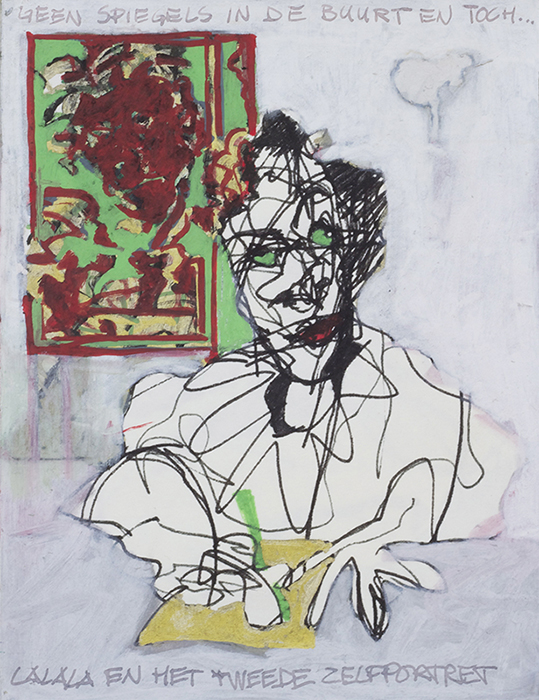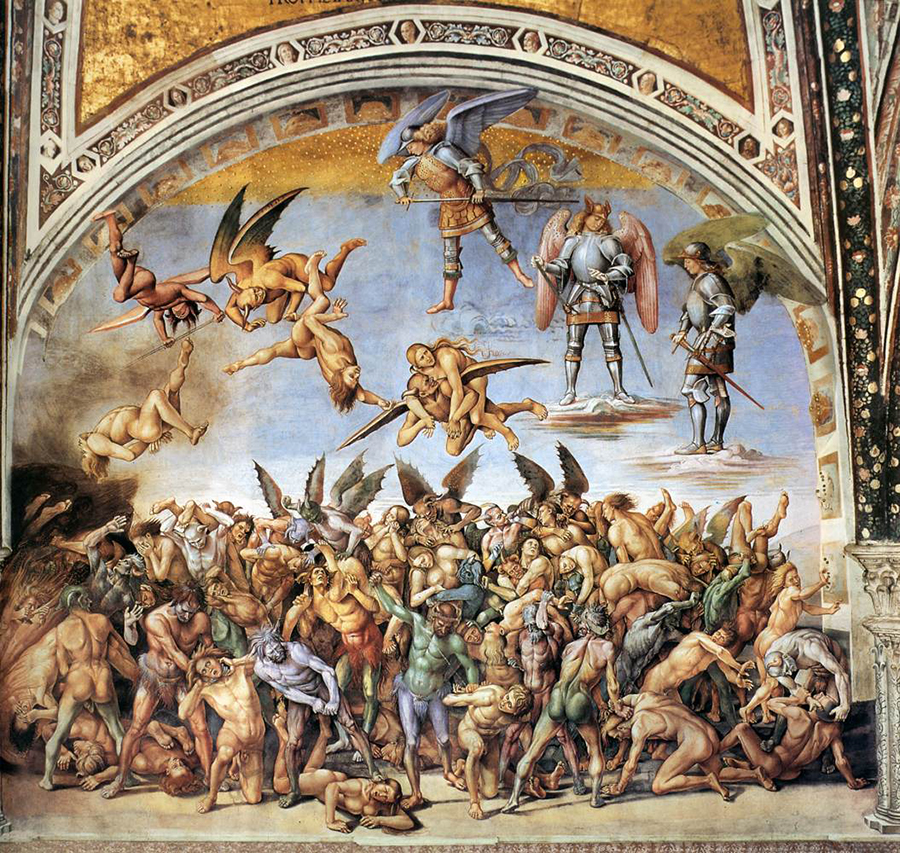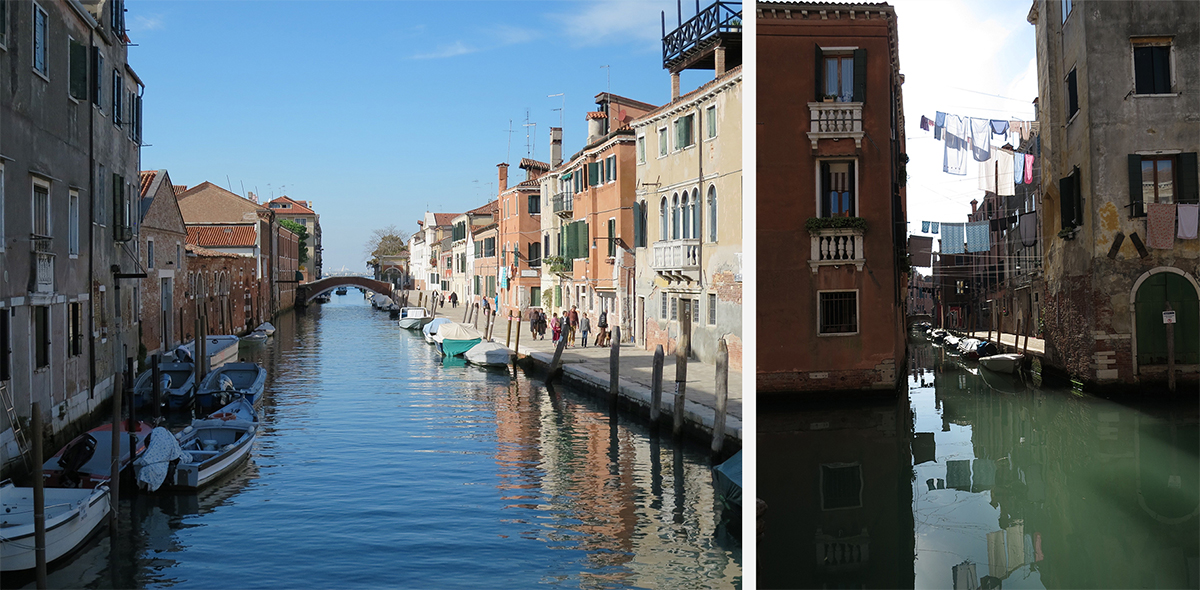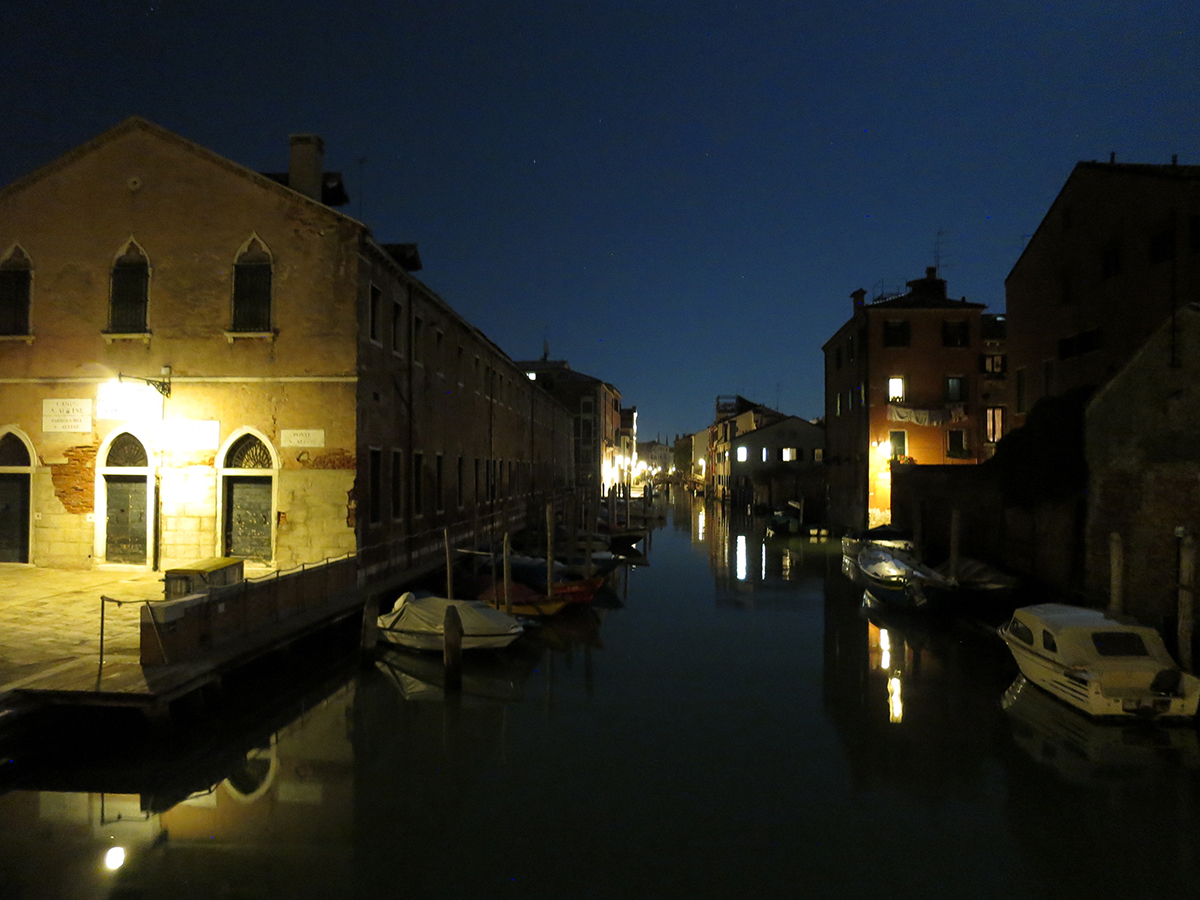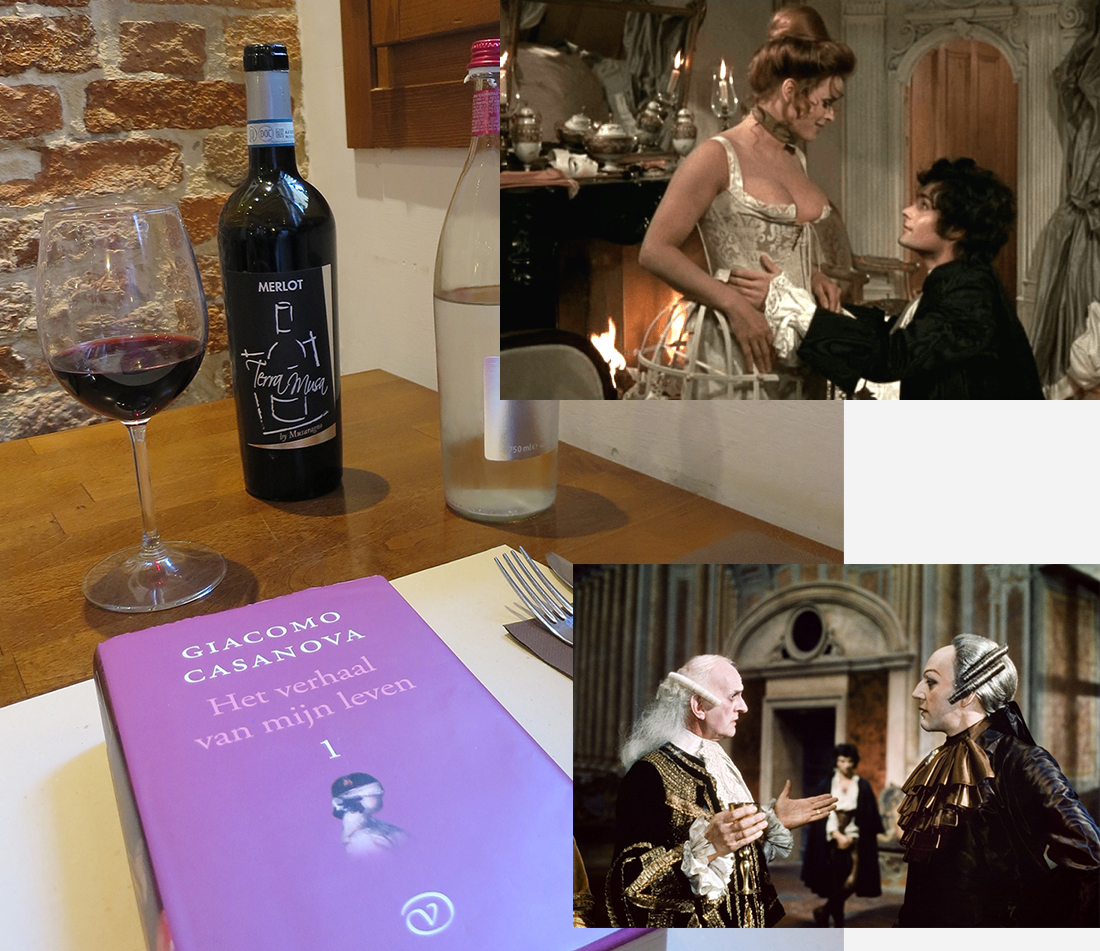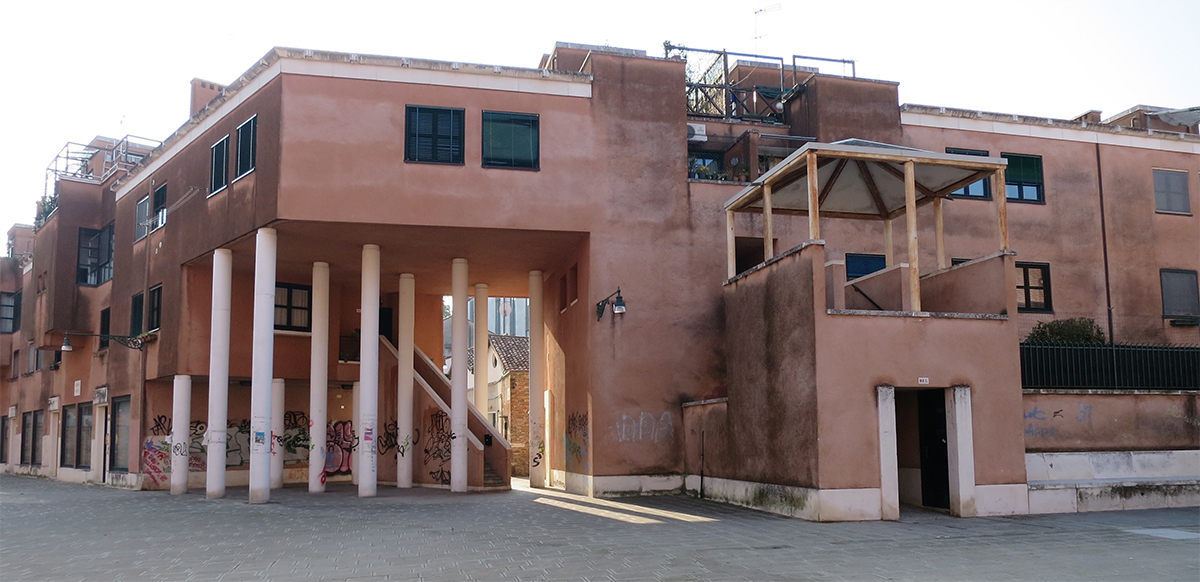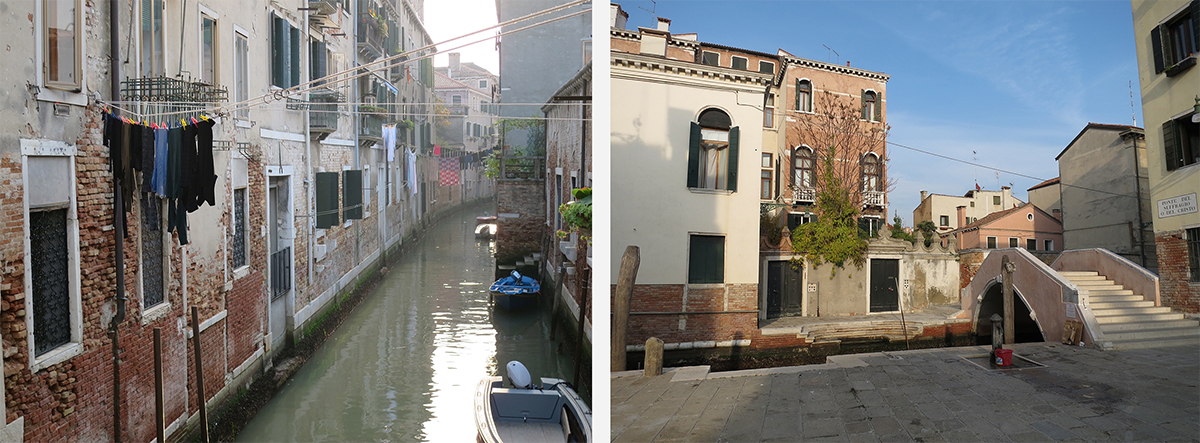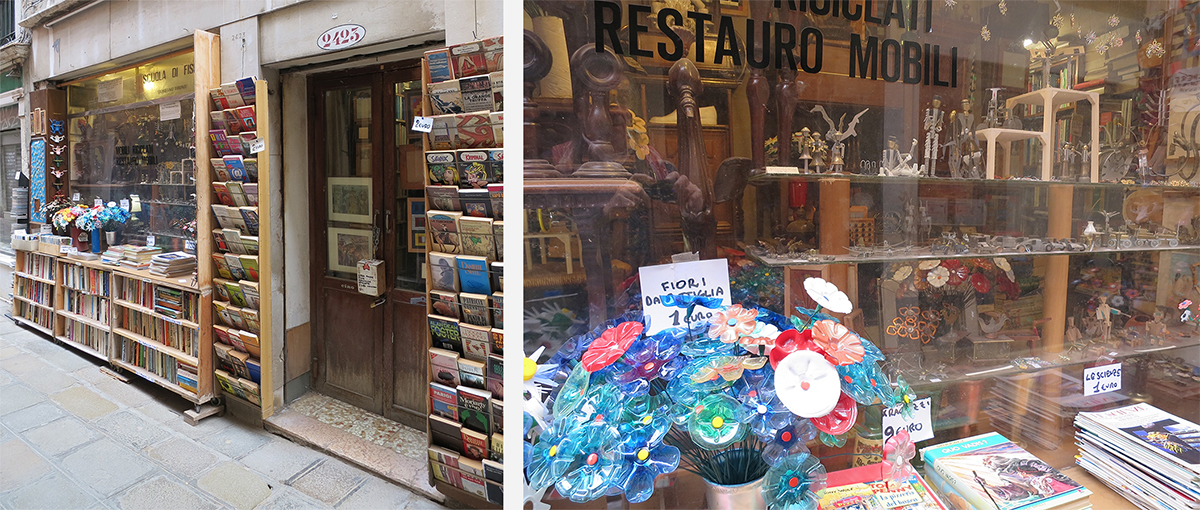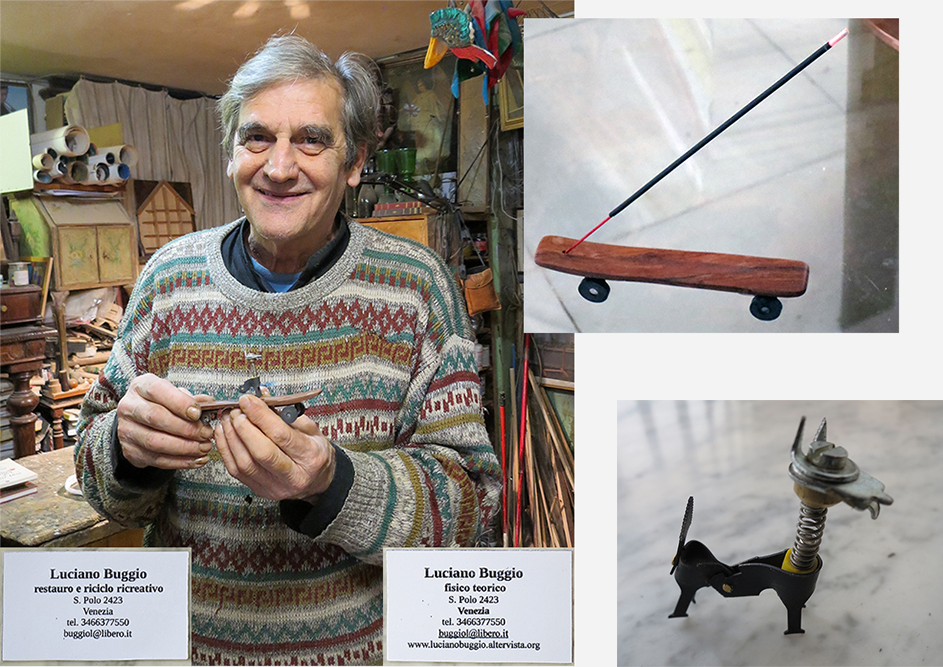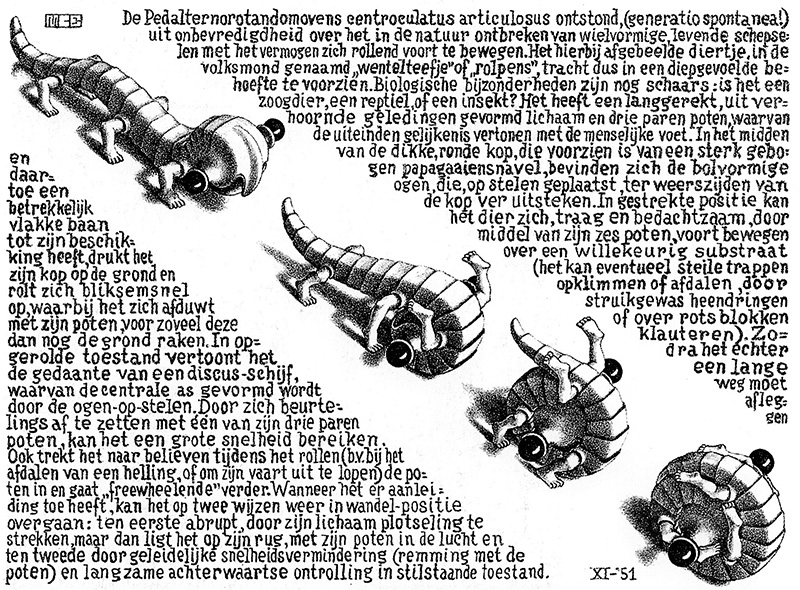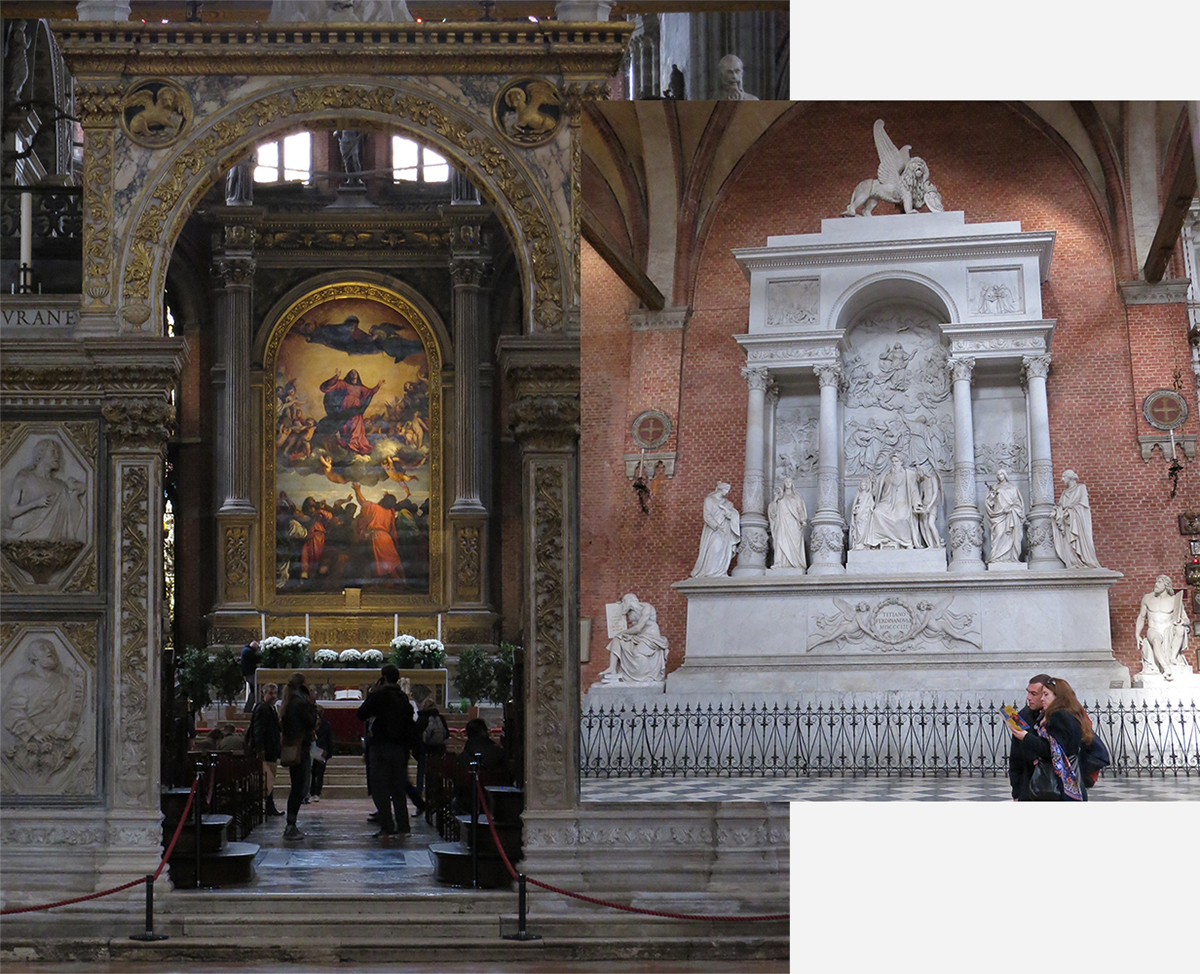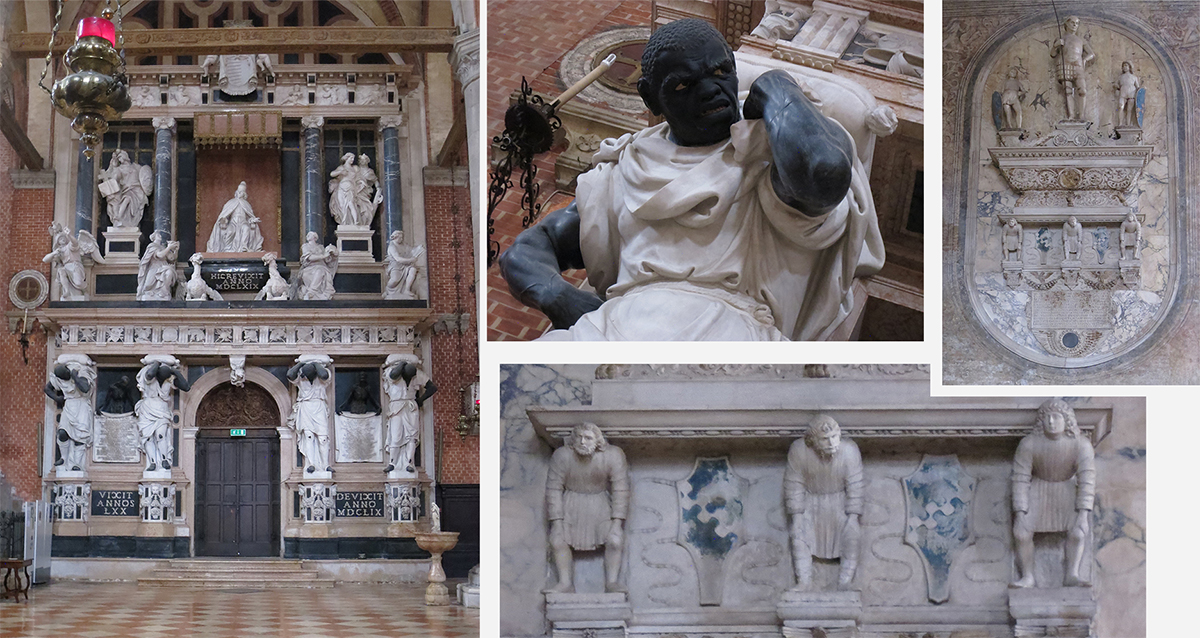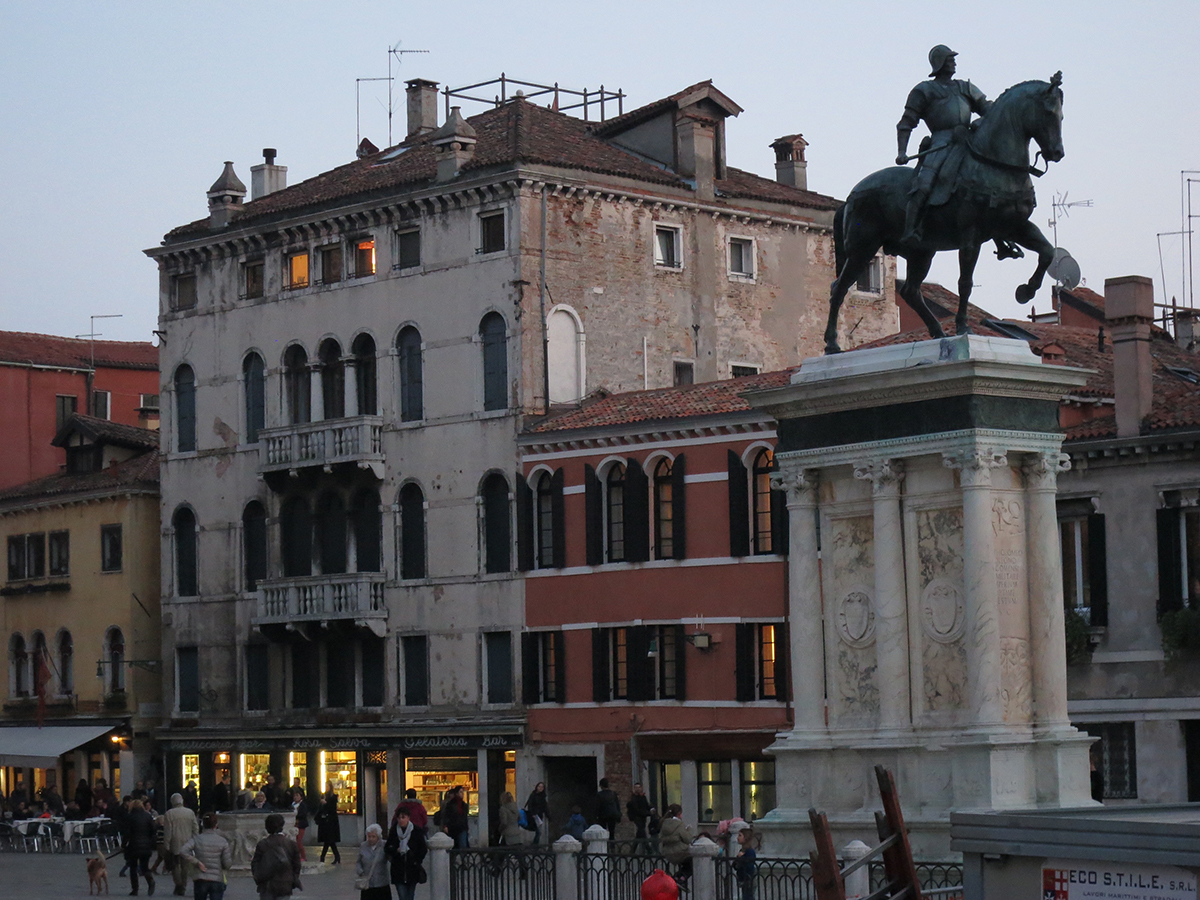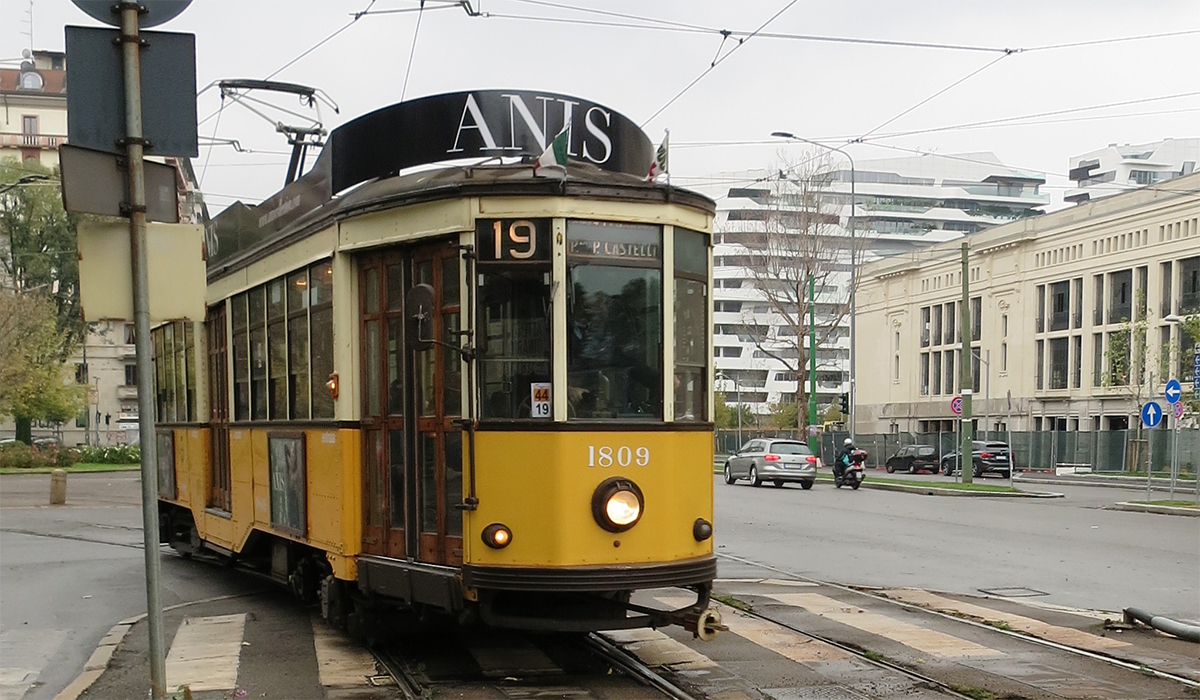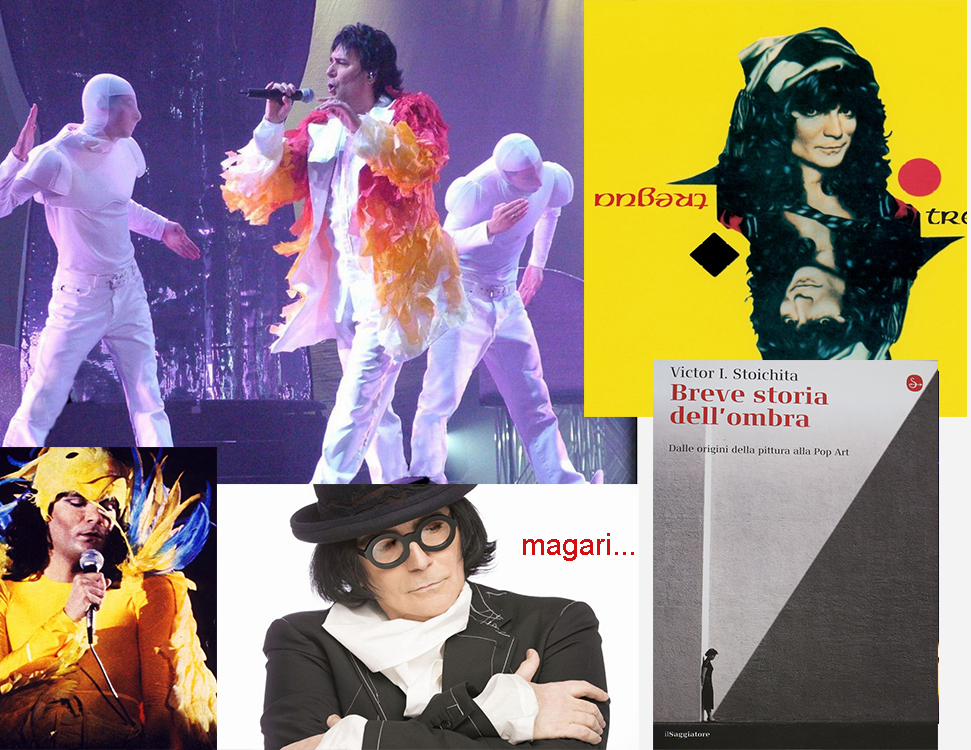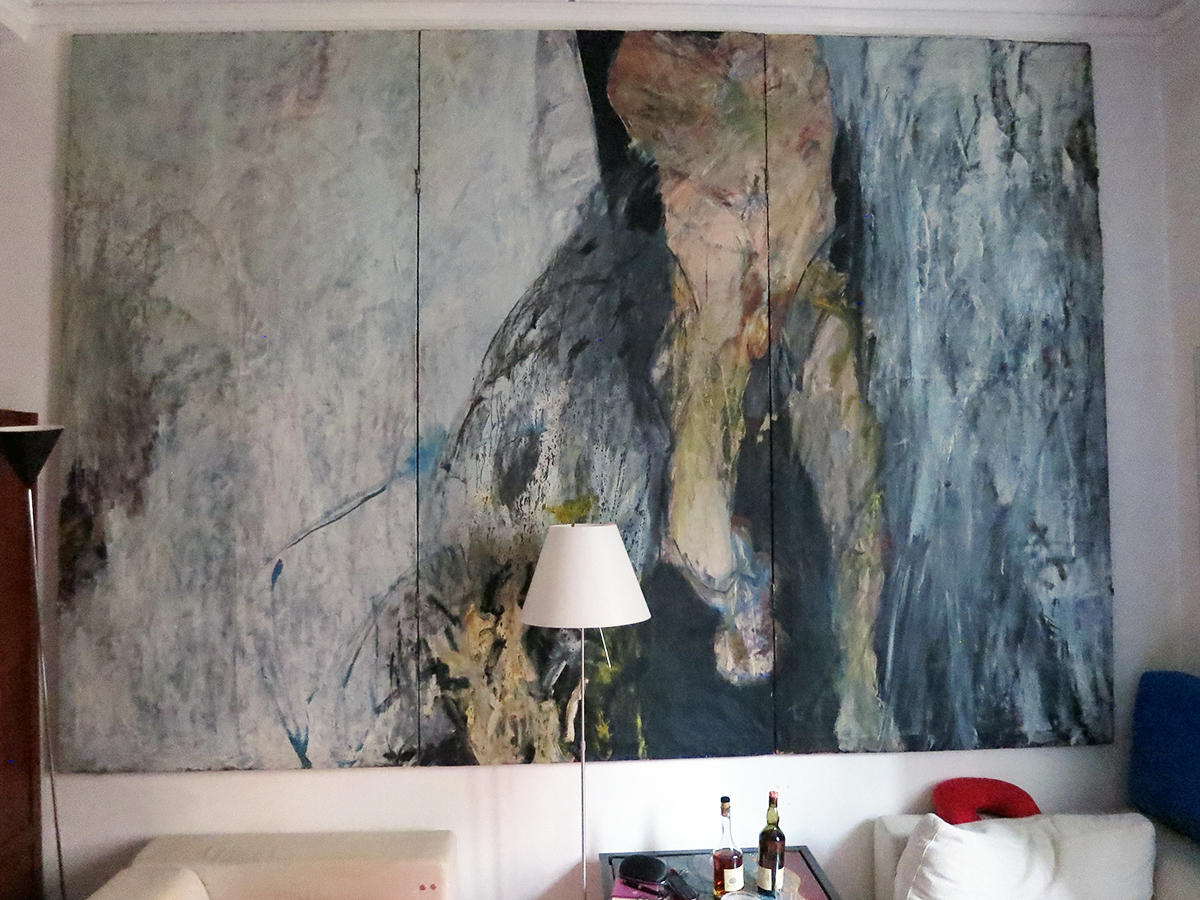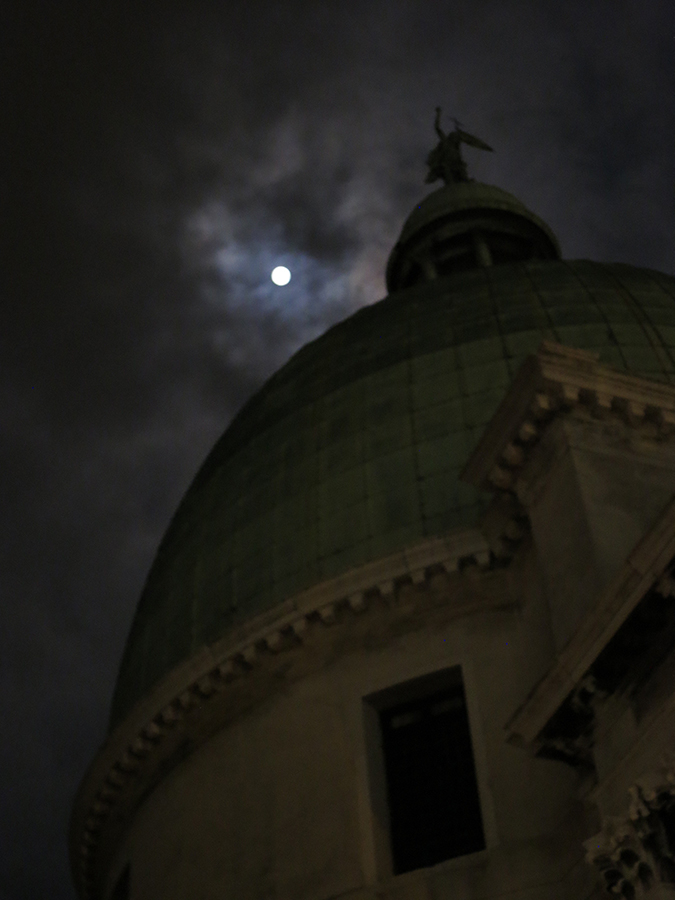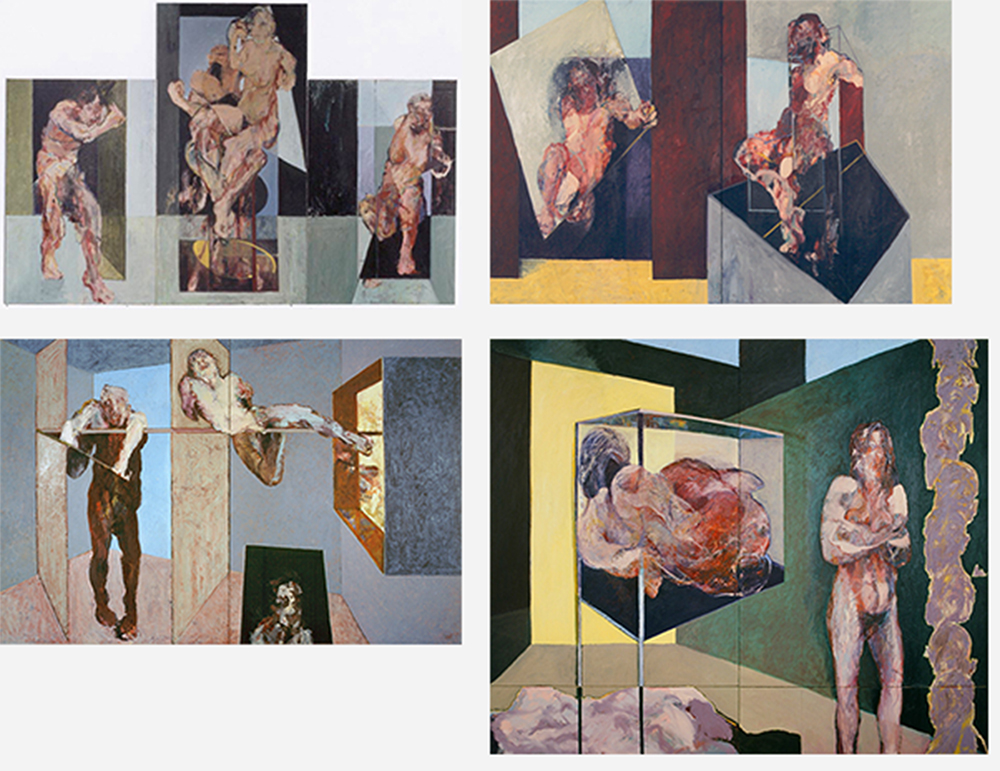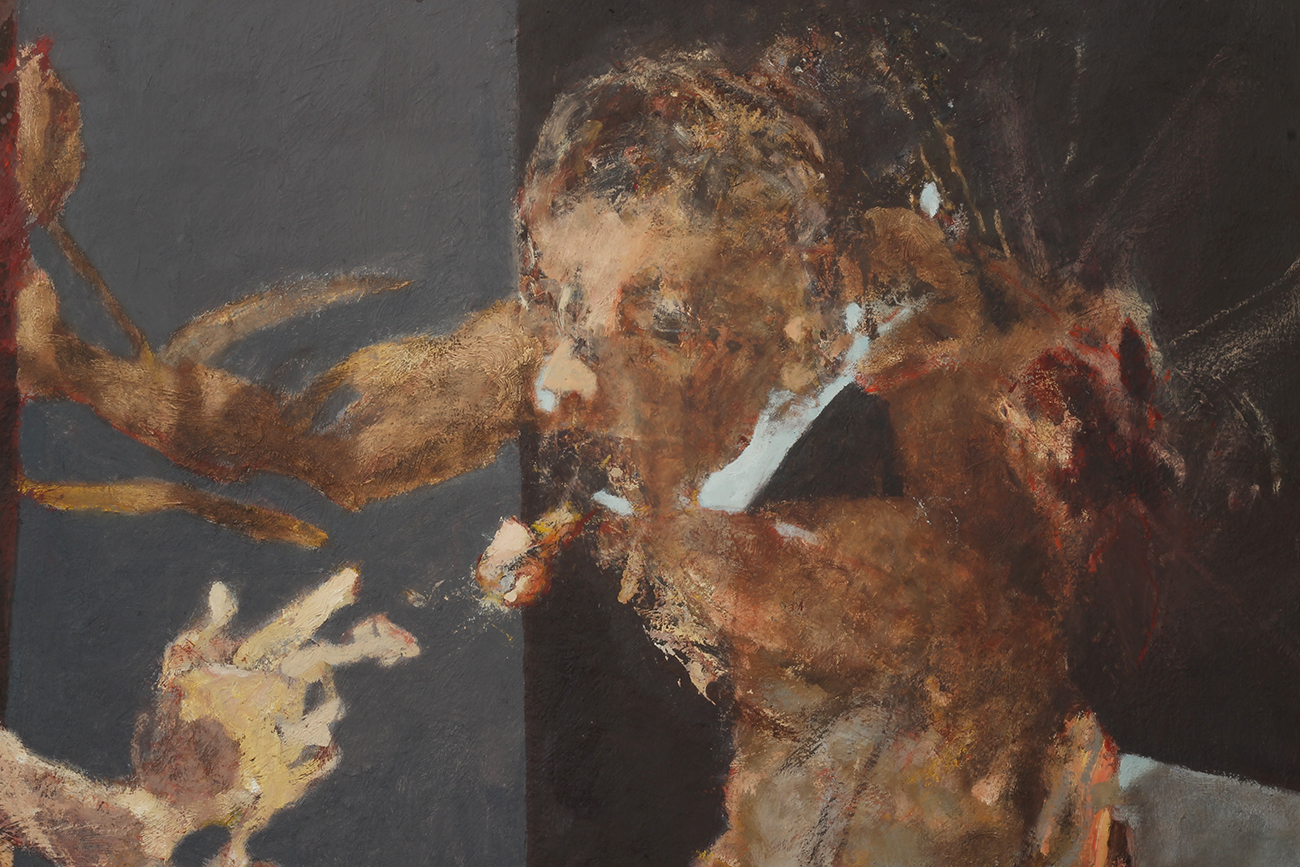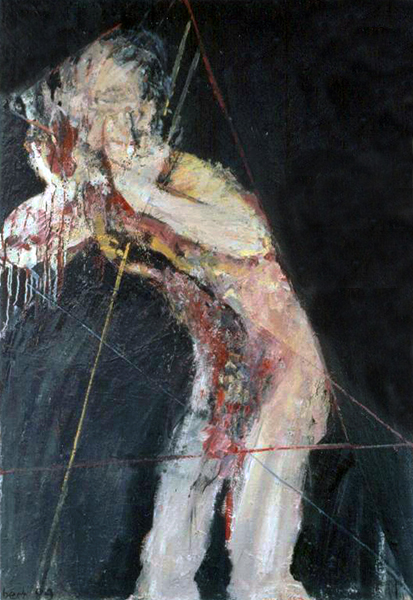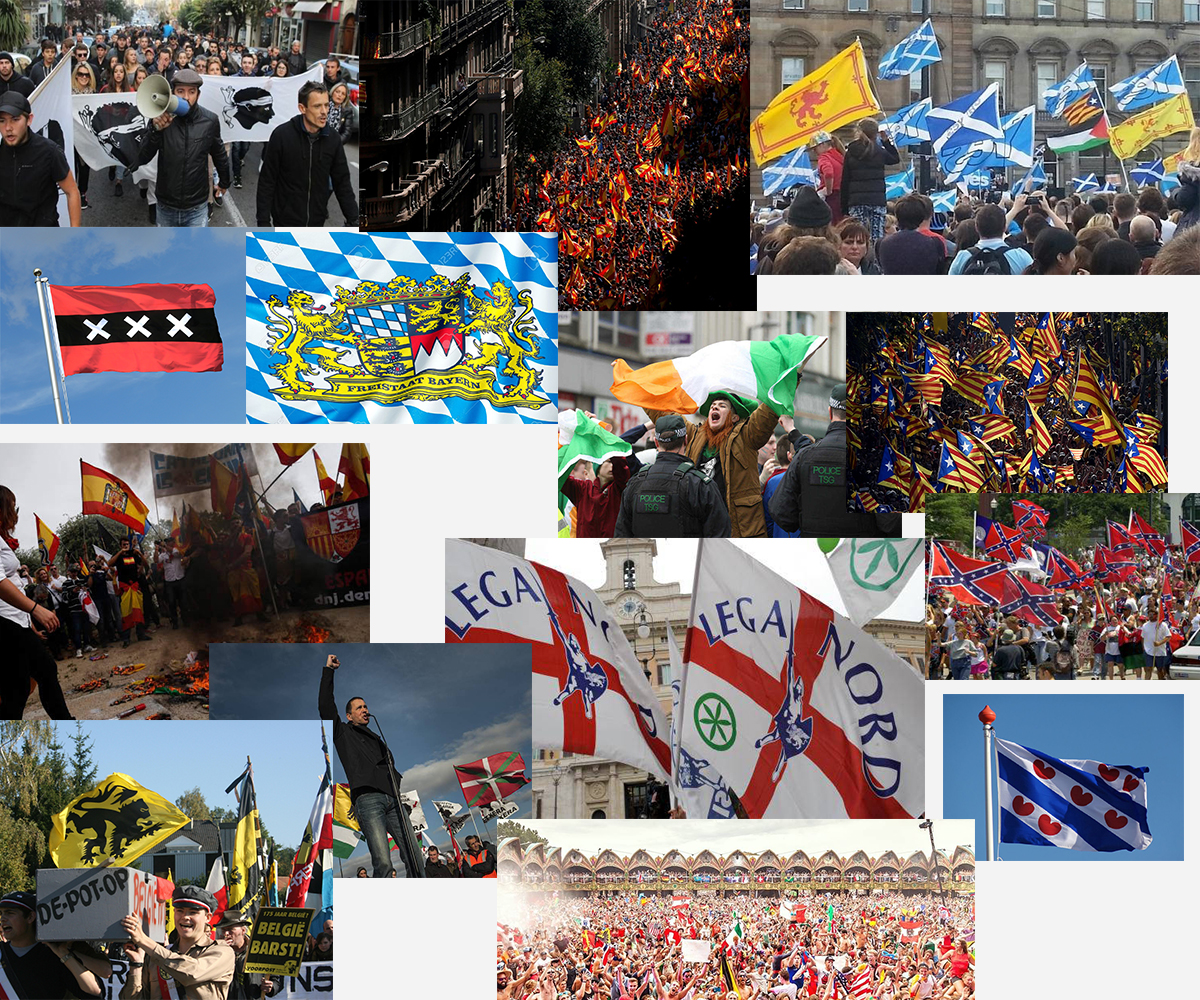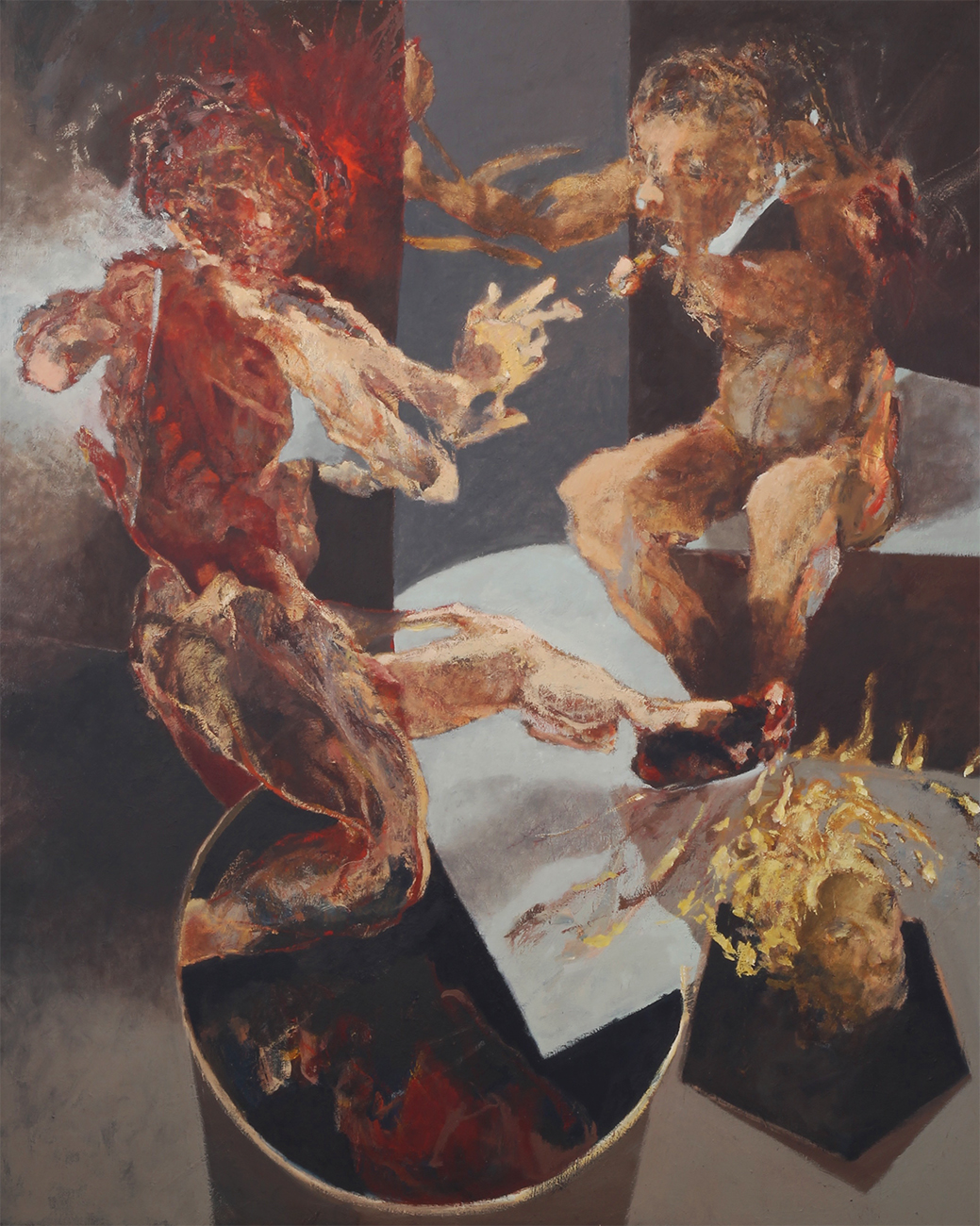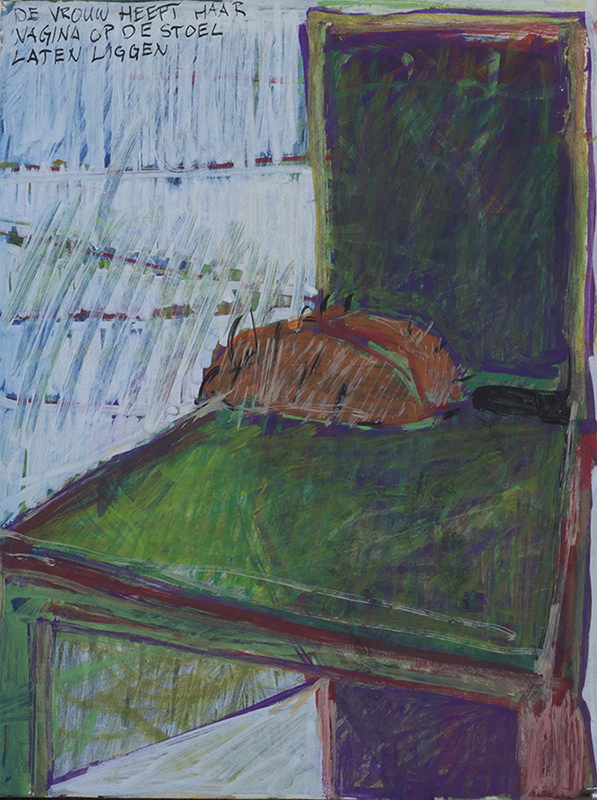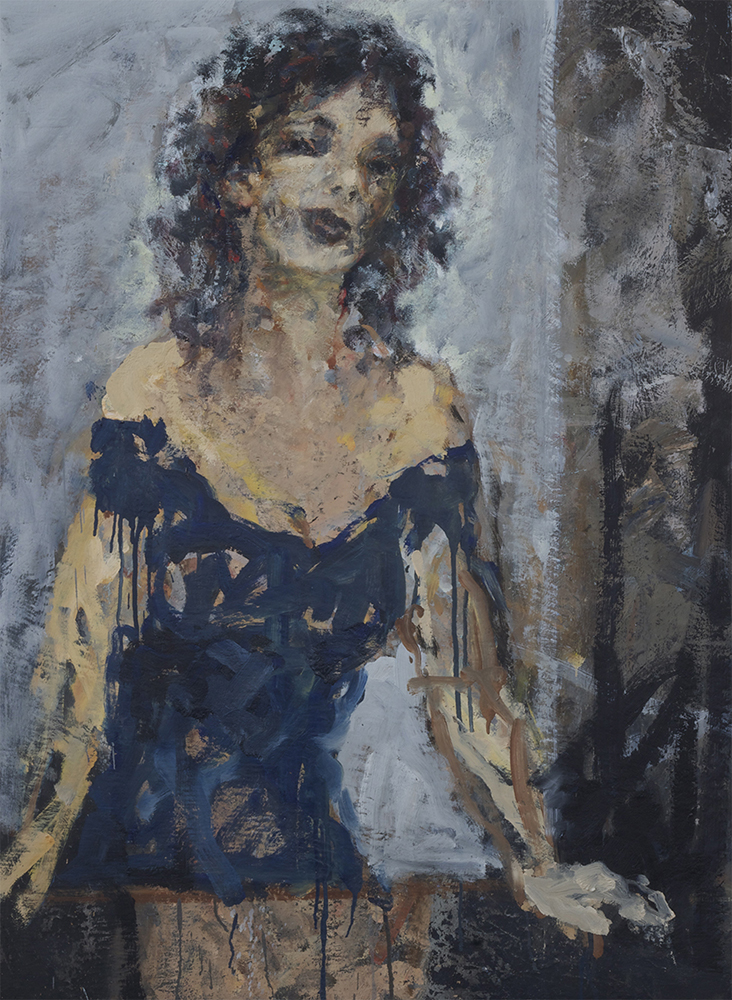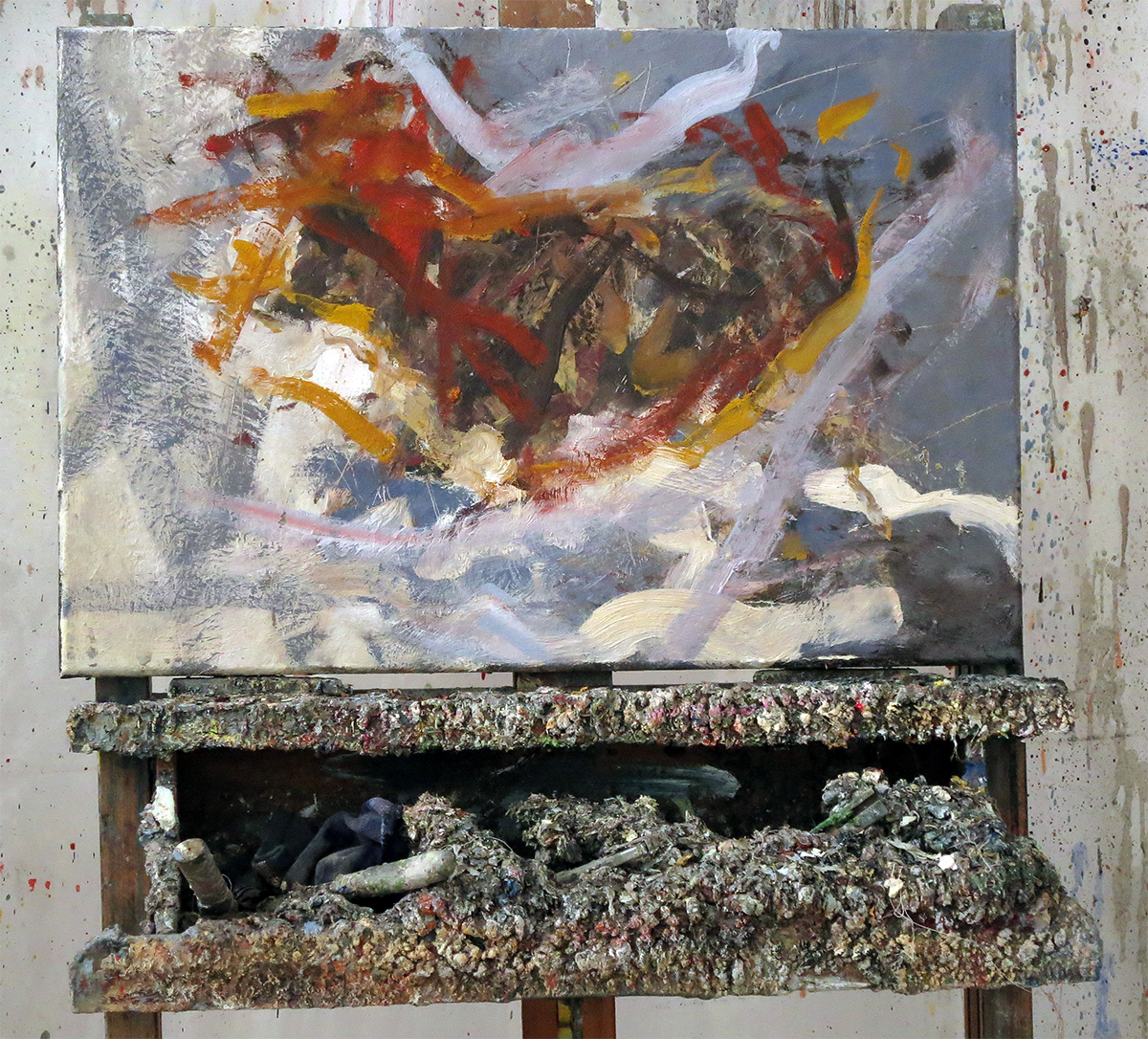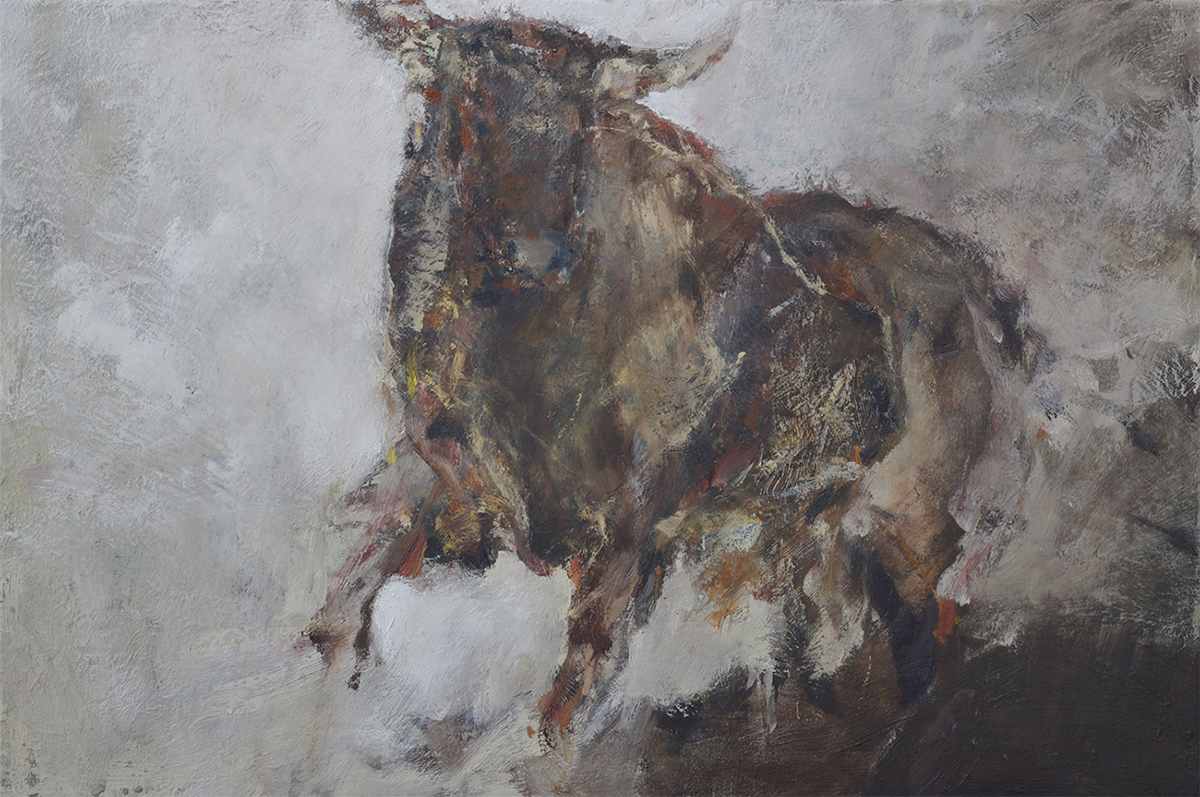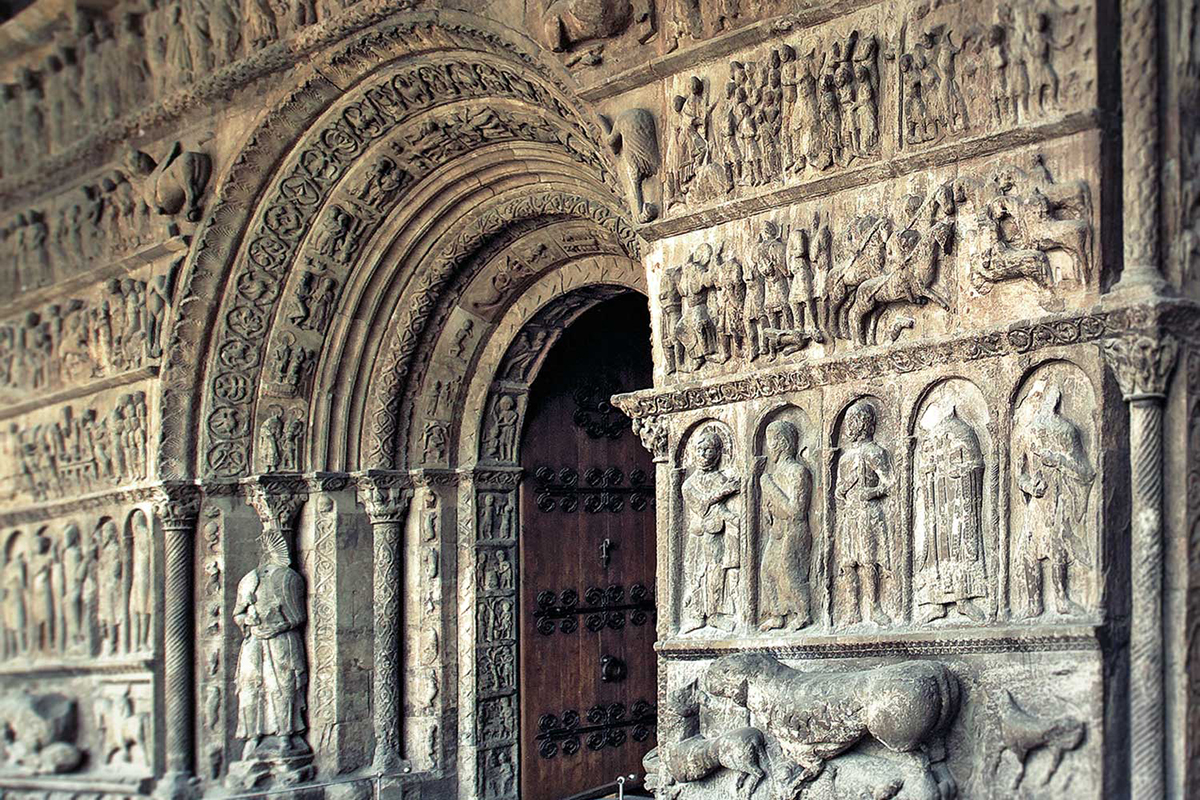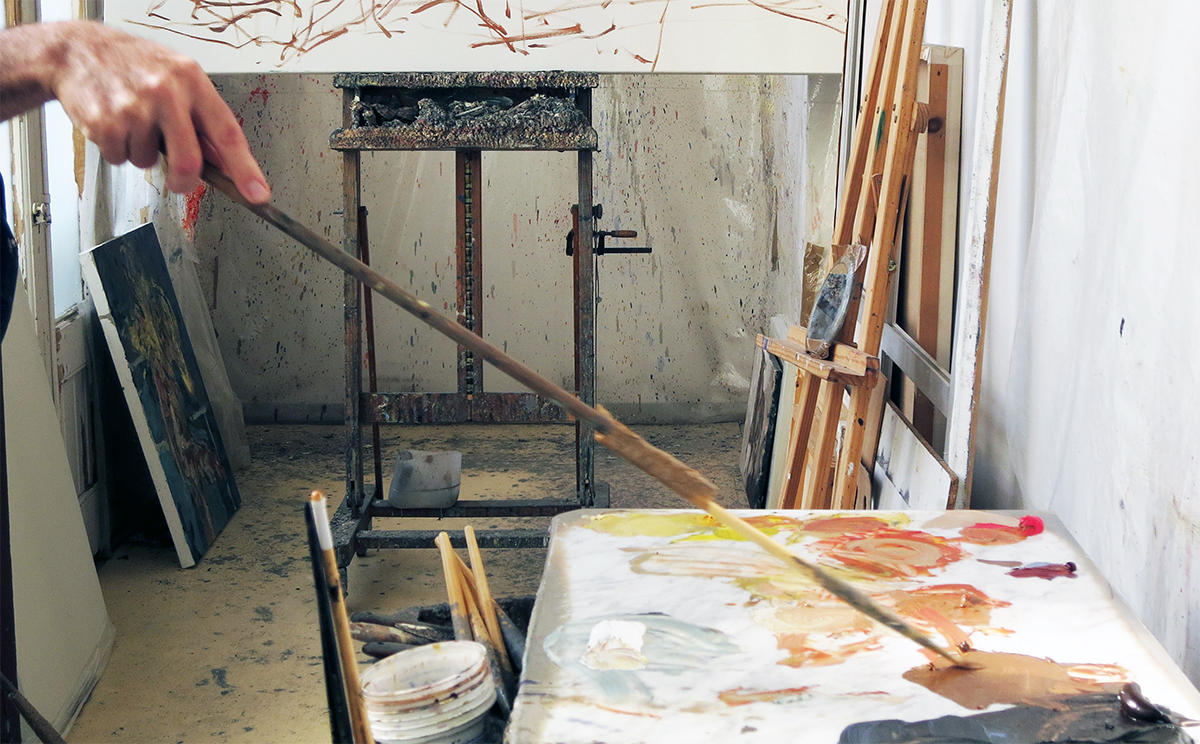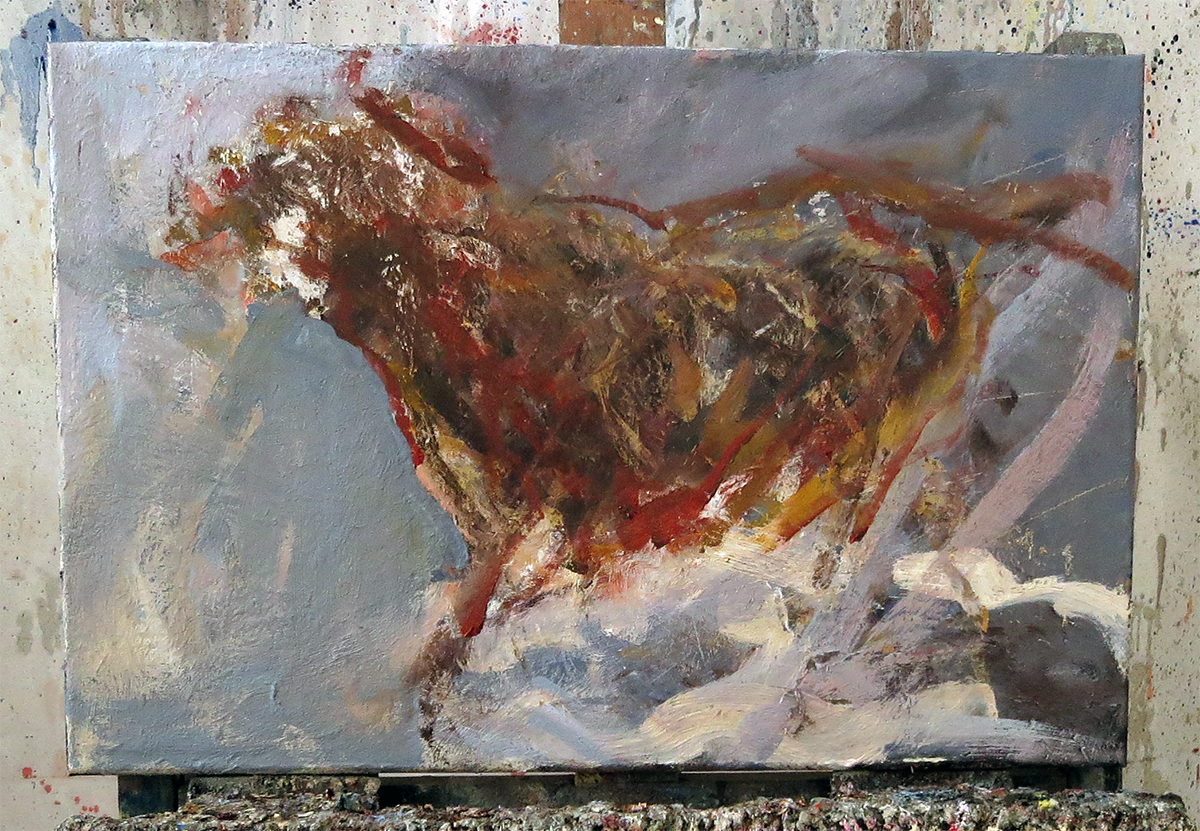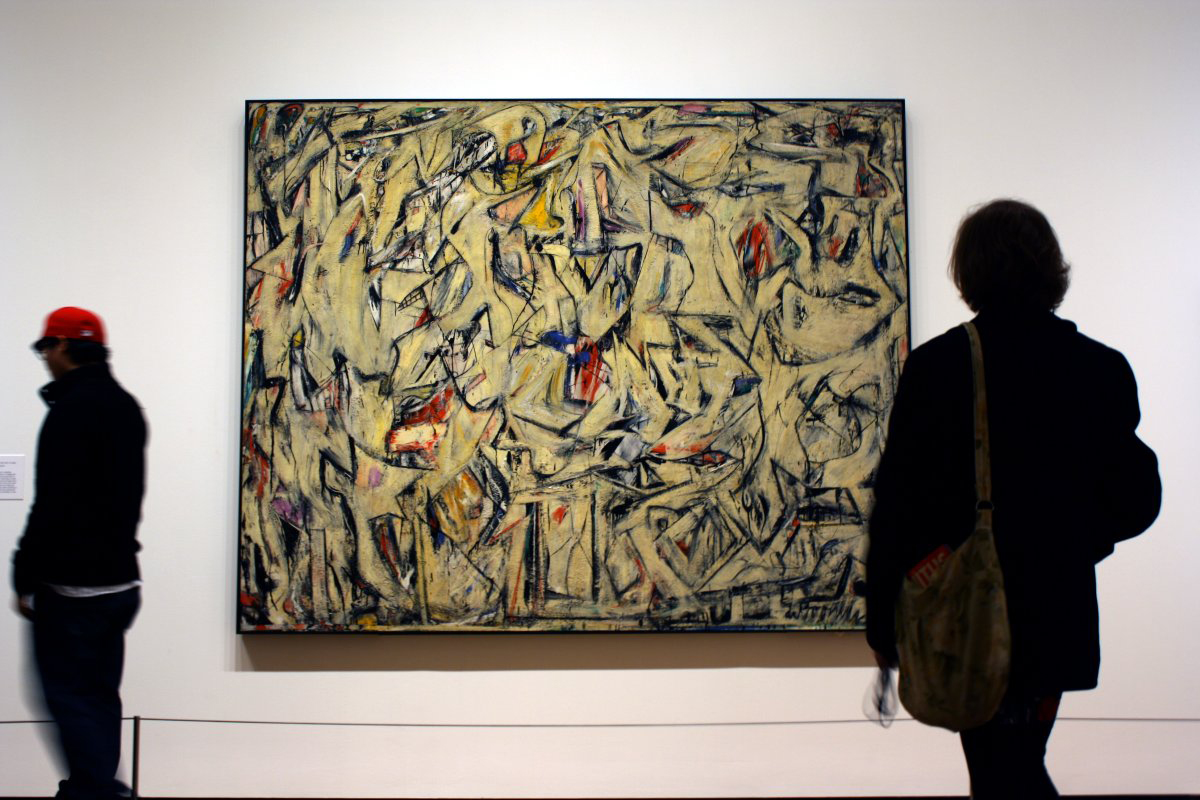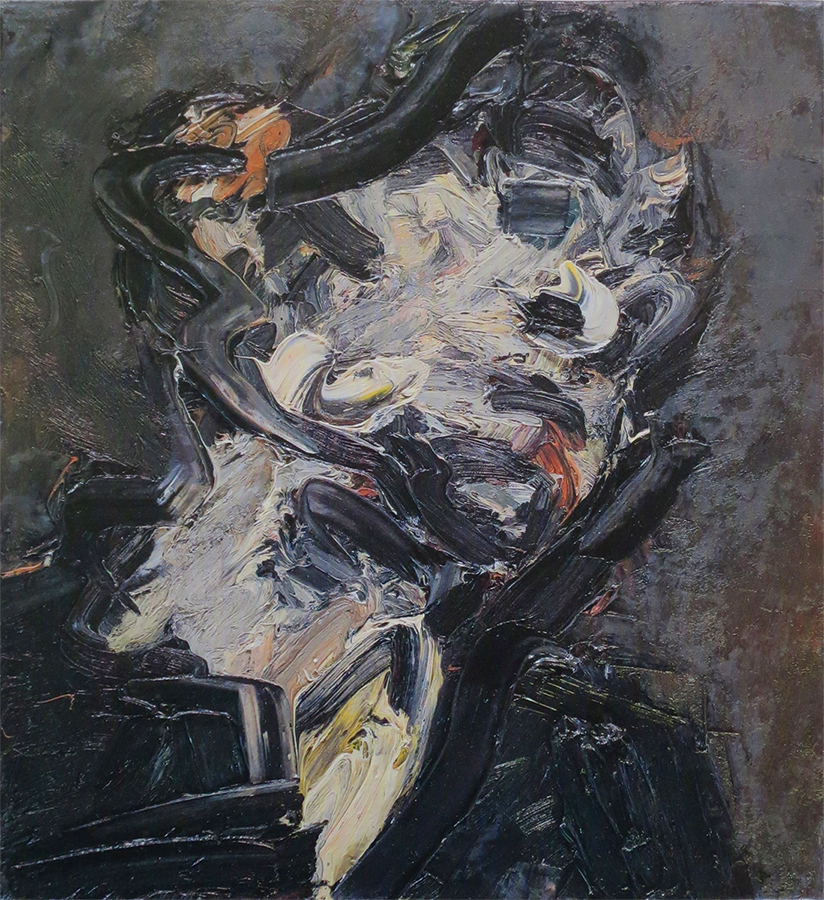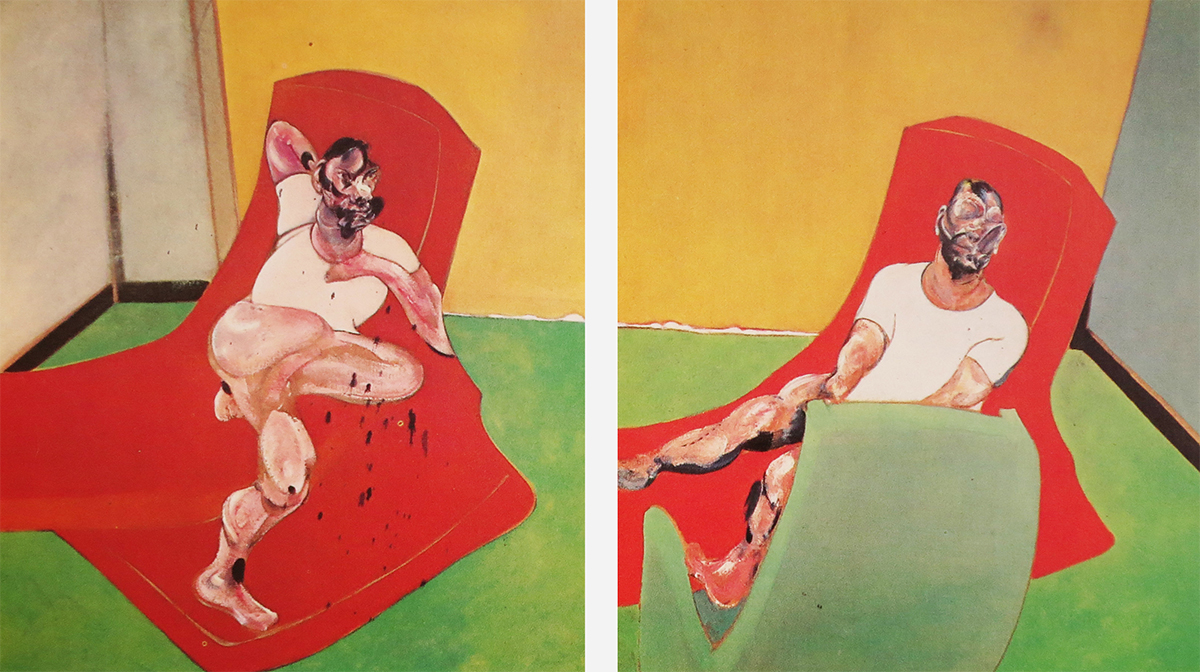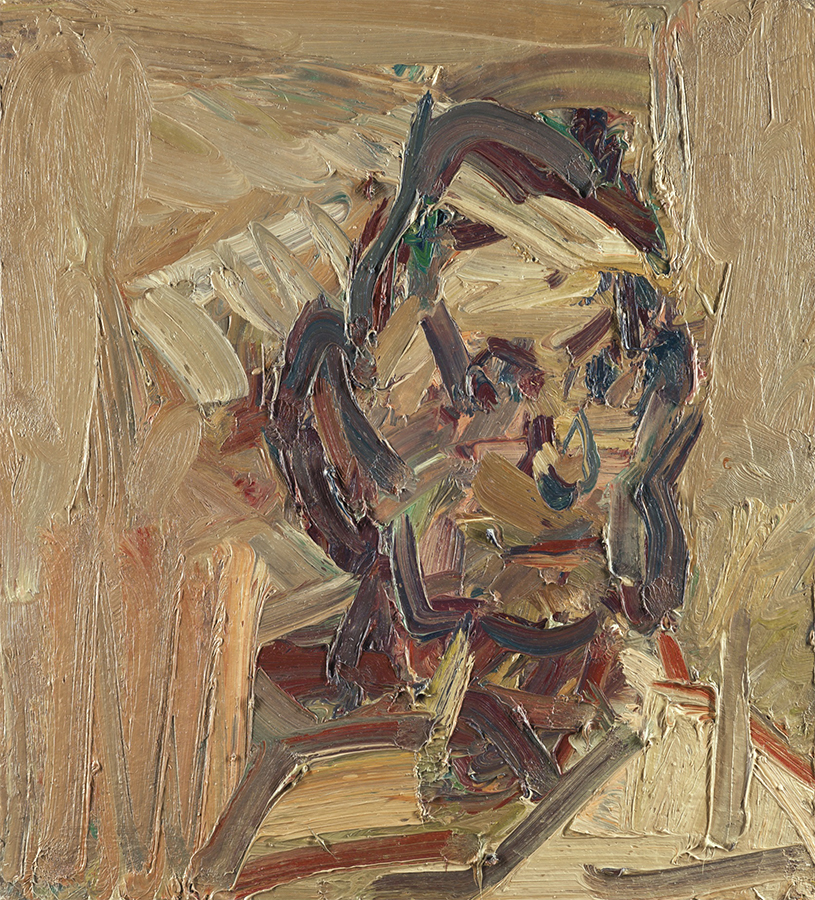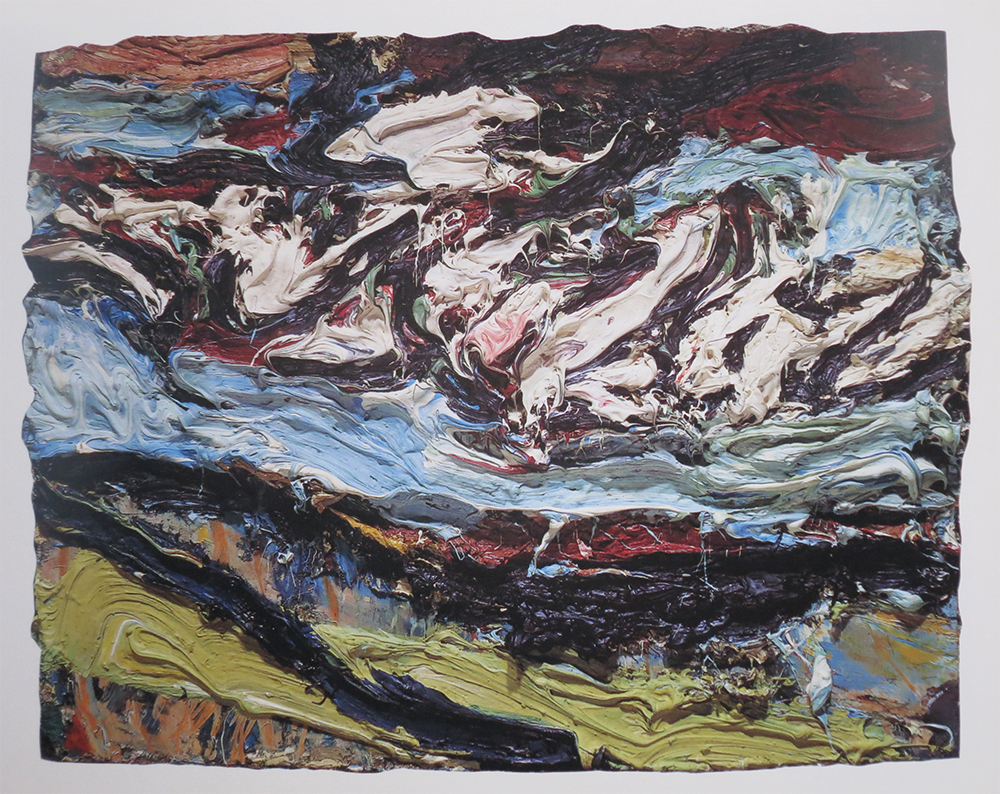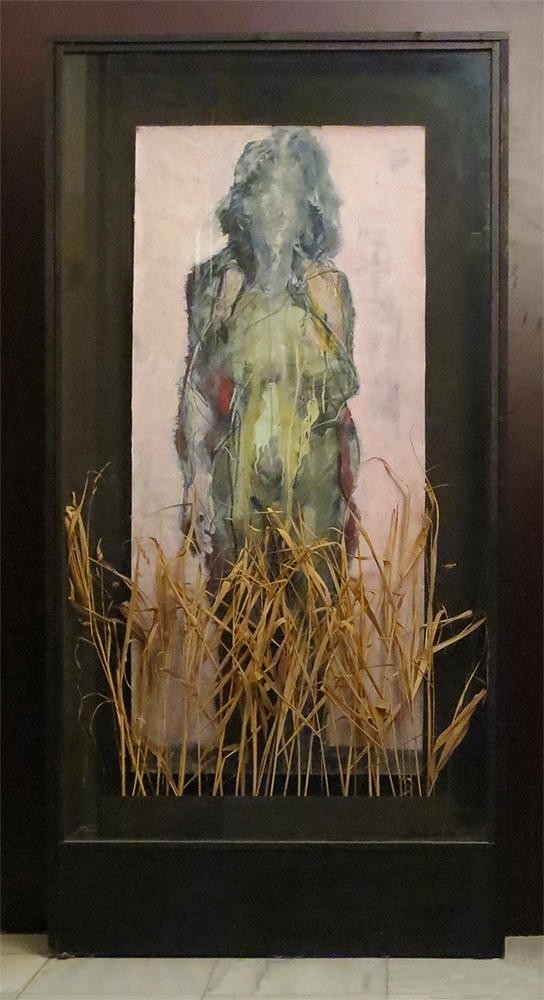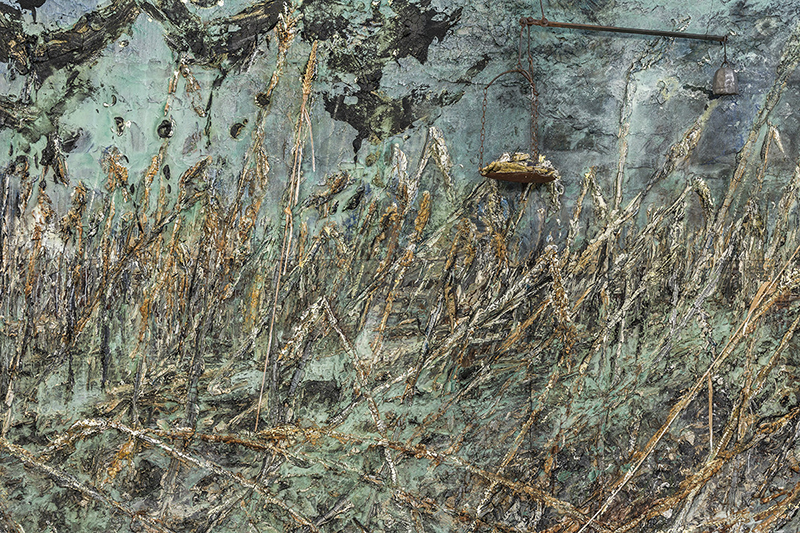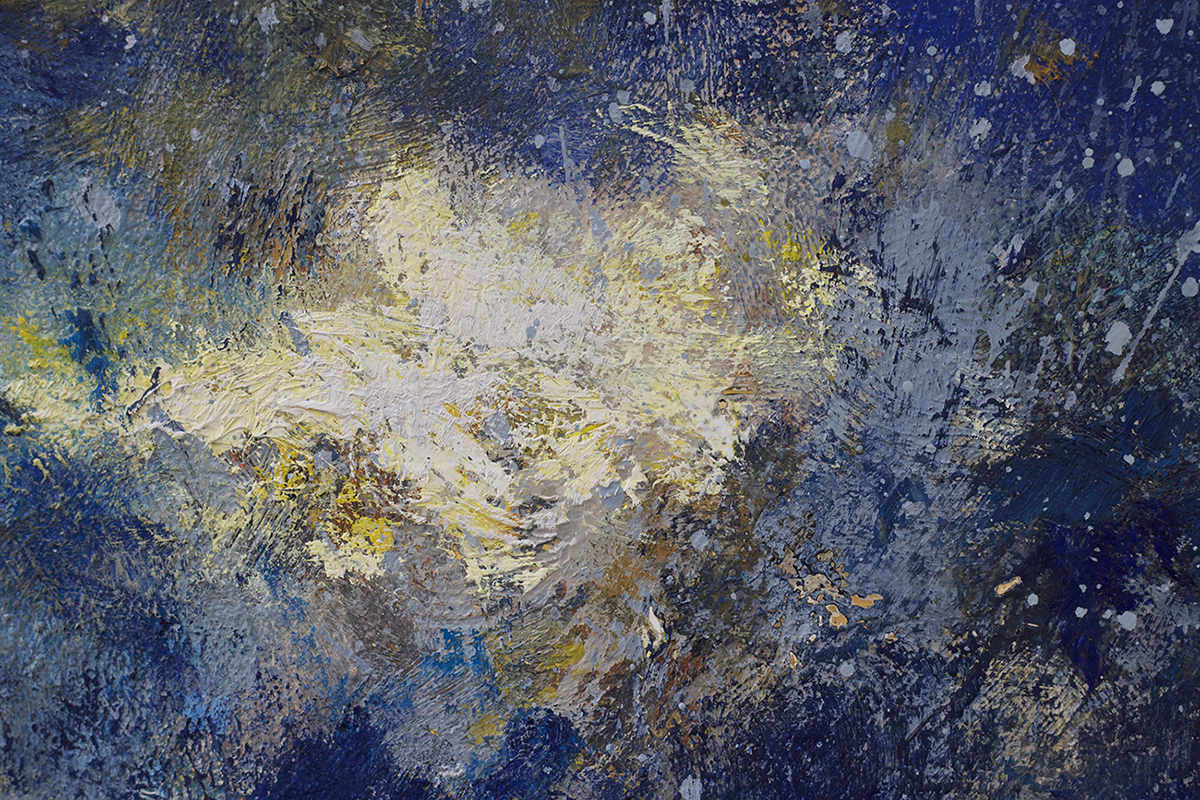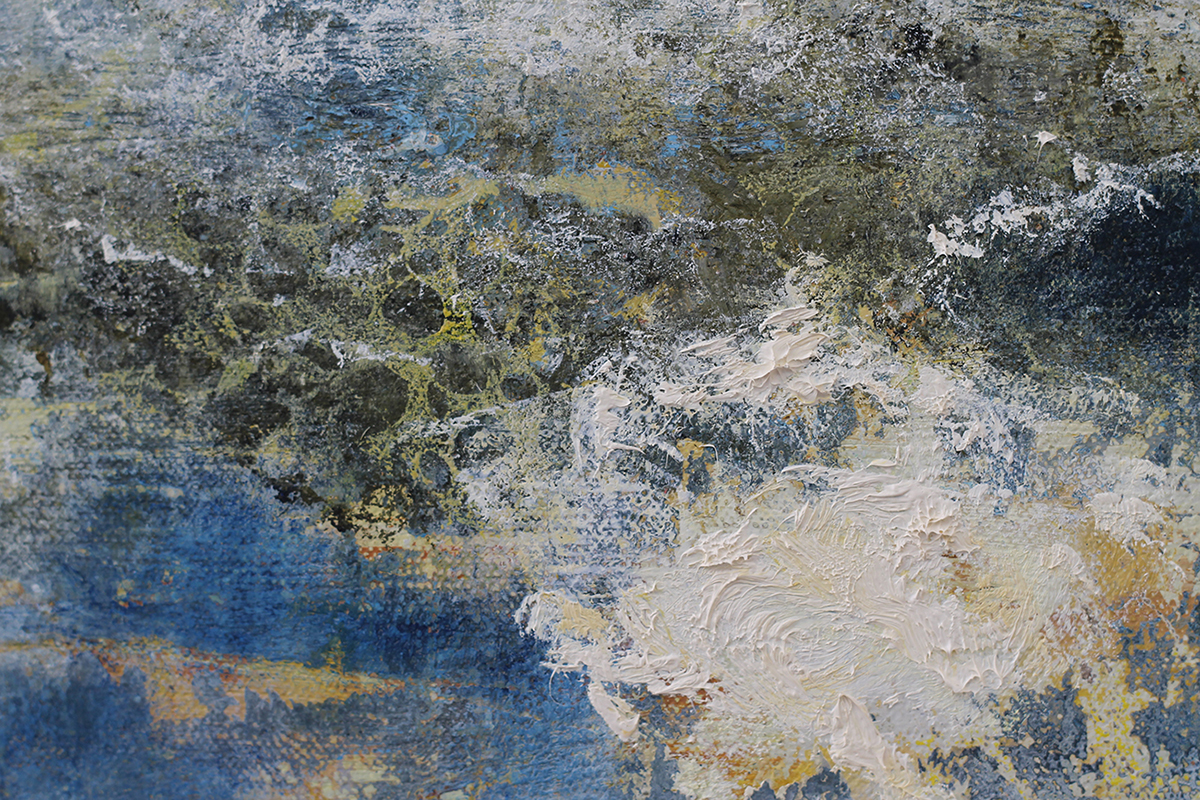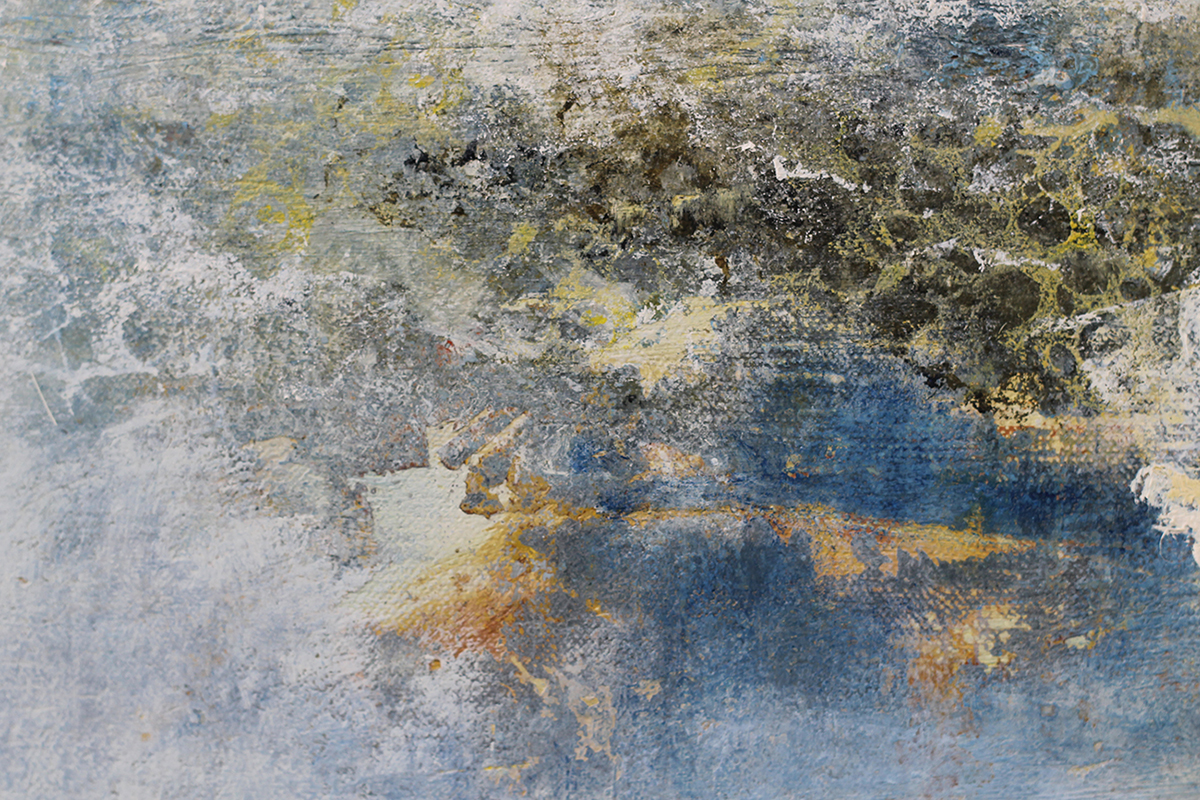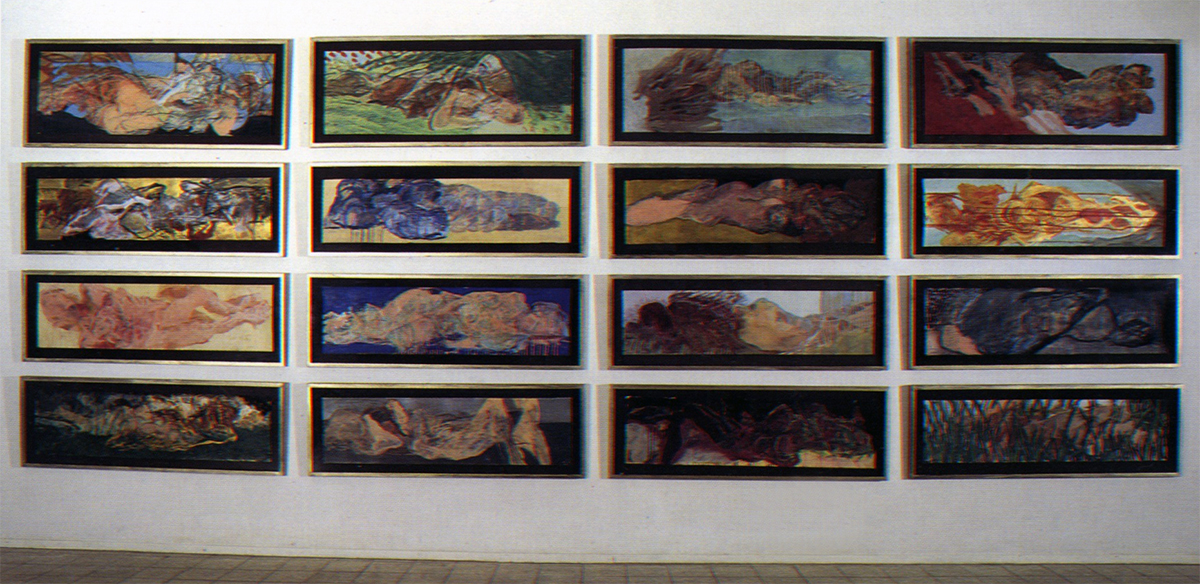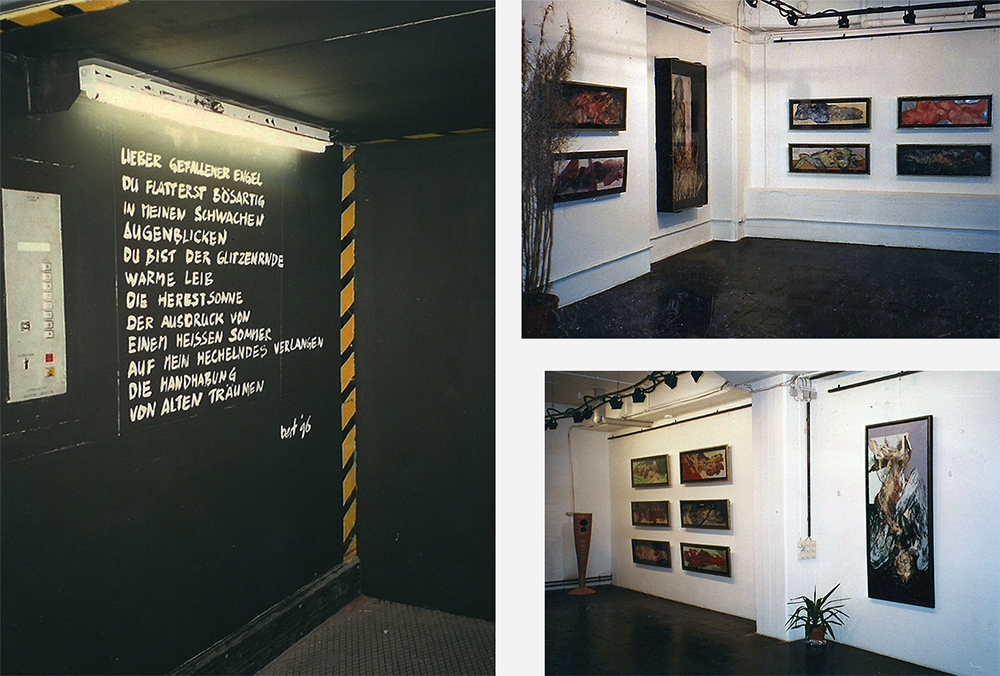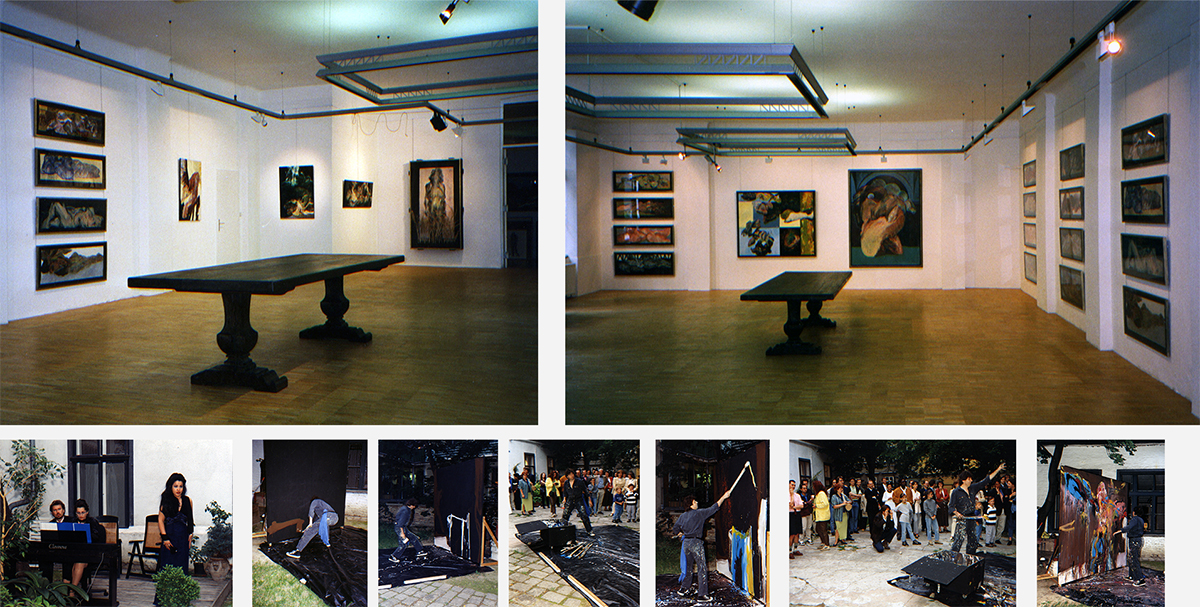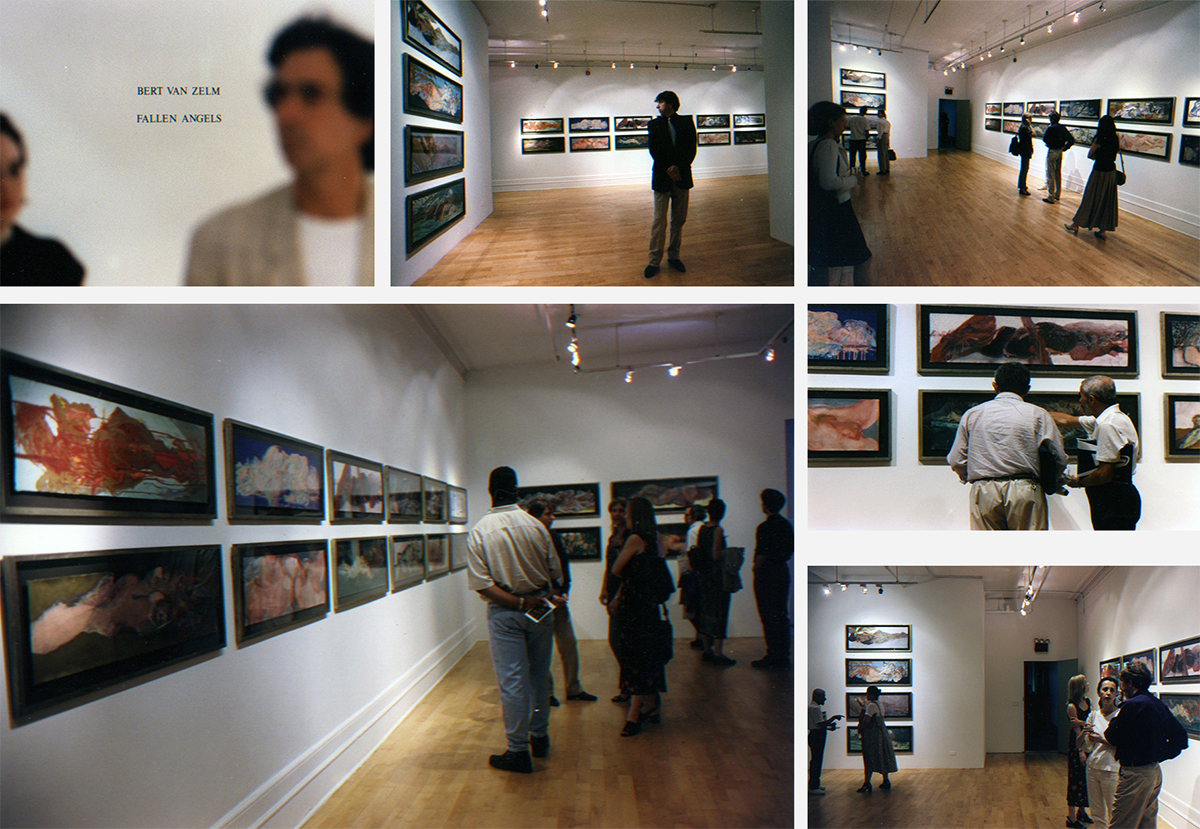06-03-2018: NAT NEUJEAN

Nat Neujean.
Some time ago I received a mail about the passing away of a great sculptor and great man.
I met Nat Neujean in Firenze in 1982. We met in the house of a mutual friend, Mikolash.
Nat was a older than we were.
Getting to know him was easy. He had an open spirit; he was a curious person. He heard I was a painter and immediately wanted to know about my work.
He was Belgian and spoke Dutch. This helped too.
The first meeting was overwhelming. He was commissioned to make the portrait of Mikolash’ son, Jacopo. The clay came out on the turning table from under the plastic and Nat immediately began to work with a frenetic pace. There was a tunnel between him and Jacopo. Nothing else existed.
One thing I still tell quite often. At a certain point Nat needed a piece of wire. Without hesitation he pulled the telephone wire out of the wall and phone and used it.
This characterized Nat. It showed his sense of practicality, drive and total lack of useless etiquette. As long as it worked, it was good. Reputations meant nothing to him either.

He wanted to help me; he saw something in my work and maybe also my attitude. I was very welcome at his house in Brussels. I think the first time I was guest there, was when Mikolash had a show in Brussels.
Everywhere in his house were his sculptures, always the human figure.
There is more than one sculpture that without any doubt, if ever I will have the money, I will want to possess.

Through him I found a gallery in Brussels and I had some good shows there.
I regard him as a teacher in more than one way. An important lesson I learned was that when you paint human beings bigger than life size, the proportions change. Always make the head, hands and feet smaller. This came in handy when I had the commission for the church in Modena.
Nat told me this when he was working on a big sculpture of two girls. He had first made the sketch, a sculpture of about 50 cm high. Then he made it life size, then the final one, about 4 meters high. I saw all versions in Brussels…

He had a special way of talking, always with a lot of wit, but he would never beat around the bush.
He was a sculpture himself. There was no way of pushing him around. If you shook hands, he decided how strong the handshake was. And it was clear he could crush your hand if he wanted to.
He was Jewish. He had survived the Second World War in an amazing way, but I don’t feel like telling about it here. After the war he made sketches of groups of people who are waiting to be deported. I regard them as one of the many high lights of his oeuvre. He was looking for a place to have them permanently exhibited.
Because my father worked with some influent Jewish people in Amsterdam, he tried to have them exposed there, but because of the veto on the realistic representation of human beings by Jewish laws, he could not help him.
click on the image to go to the site of the museum.
We lost contact. These things happen.
And I don’t know how, but the news came to me of the inauguration of a group of these sculptures in the museum of Mechelen. Finally a group of these deported Jews found a permanent place. I came to the opening and it was a great new encounter. I stayed for a couple of days and we said not to let so much time pass by anymore.
Alas, I have had so many times the desire to see him again, but could not find the moment or occasion. I am too late now.
Thank you for all you showed me, Nat.
Click on these words to go to his site.
28-12-2017: MEETING MY DEMONS
I wanted to write this blog about the paintings 'Happy Family', ‘Black Dog’ and ‘Soul Kiss’. They will pass by, but my mind drifted further and further away from these specific paintings to what often happens while working: a radical change in my state of mind. This phenomenon has occurred during my whole painting life, but not always.
Recently I worked on a flower canvas and a large part of the time I can then next to painting, listen to documentaries about art and other.
When I work in this way, I stay quite far from giving space to my subconscious. I reason, I concentrate on the craftsmanship. These paintings are about the beauty of colorful and shiny objects in space.

Flower 039
Quite often while working, I start to talk to myself about what is good or bad in the work (most of the time I find what I do is not up to my standards). And then unwillingly I start discussing with people that are not present, mostly fellow painters whose work I have no sympathy or respect for. As to juxtapose the good and bad ways of painting…
This is a stupid habit of mine, but I can do little about it. I care about painting. I am a bit a moralist, a characteristic I dislike.
These flower paintings alternate works like 'Happy Family', 'Take off your mask’ and ‘Black Dog’.
And while working on the latter I get into another state of mind. A state of mind that I find essential to experience.
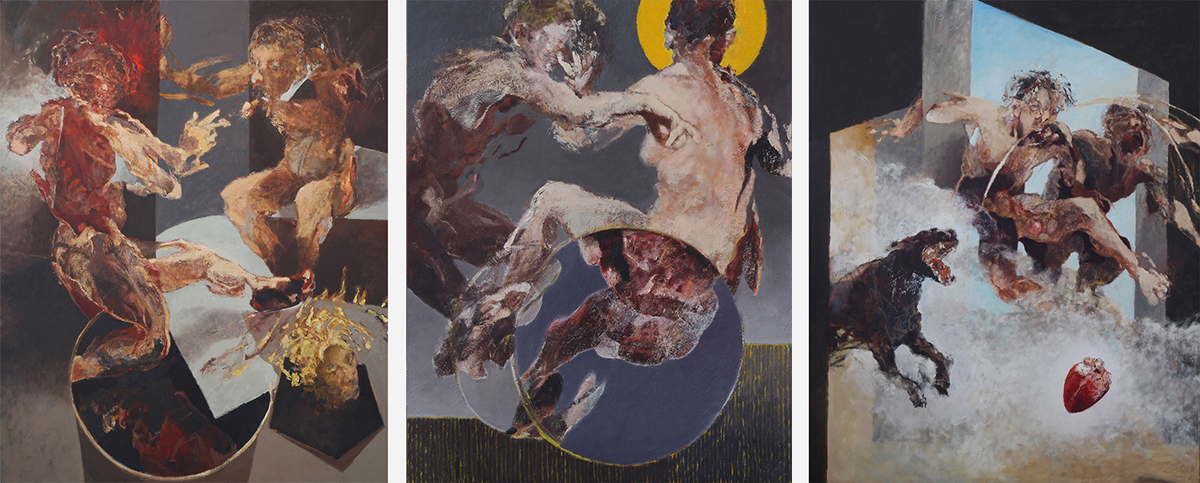
Happy Family, Soul Kiss and Black Dog.
I get into a trance; get more lost in the work itself. I let the painting guide me. Listening to music helps. It has to be music that does not surprise me. It helps me to get into a rhythm, block influences from the outside world.
These paintings are about something more than just challenging my technical skills.
As I have said very often, the best moments in life for me are the moments when I am not there, when I dissolve in the world around me. I leave the moralistic discussions behind.
And then this weird phenomenon occurs. Fallen into this heavenly trance, out of the blue I am struck by a painful memory.
A memory about something stupid or bad that I did in the past.
I have always accepted these moments without asking why they attack me. But lately I wondered why these memories show up.
Not long ago I was put on track, maybe… Somebody mentioned a thought of Jung.
Jung seems to have said that one has to face one’s own demons, accept them. If we don’t realize we are also capable of horrible behavior, there is little hope for us to be good, serene and complete human beings.
When lost in this trance at the most unexpected moments I am being bombarded with the memories of stupid or bad behavior. Might it be that the evil half of me shows up?
I found this sketch in a sketch book of 1997:
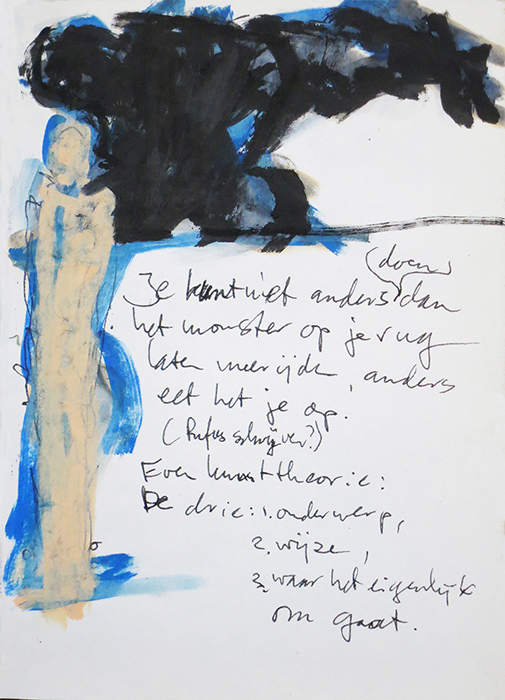
‘You cannot do anything other than let your own monster ride along with you on your back, otherwise it will devour you.’
The other text is not of importance now.
I wrote this a long time ago.
I have always tried to stay far from defining making art a therapy, a self-analysis/confrontation, but I cannot escape the thought that this is the cause of my unwanted memories to pop up.
It must have to do with emptying my head. Letting loose and becoming more complete by putting down my defenses, I am confronted with myself more as how I really am, not as that easy going guy.
Maybe this is also why I paint paintings like ‘Black Dog ‘ and ‘Soul Kiss’. I feel the necessity of going there. It is an addiction.
'No mirrors arond, yet... lalala and the second self portrait.'
I try not to be a moralist in the sense that I want to lecture the world. It just so happens that I put my mirrored image in front of other’s people’s faces.
In this same realm of reflections the question arises: Why are most artists much better in painting hell than heaven? Why is painting hell so much more fun? Are we fascinated by our own dark side? Is it a cleaning of the soul?
What may count for me, counts for others as well?
We really love to paint hell…
Here’s Luca Signorelli’s vision. Does the Archangel have a sword or a brush in his hands?
I find solace in the thought that instead of what Hitler did I continue painting.
Why not give all these politicians here a brush?
As dessert, I offer a nice documentary about 'the gates of hell' by Rodin.
09-11-2017: VENICE AND MILANO TRIP
VENICE.
Travels are for to step out of the usual. I needed a break and went to one of my all time favorite cities, Venice.
No cars, water everywhere, a labyrinth to get heavenly lost in (which one night I managed to do very well) and drinking lots of cappuccinos.
Three days were enough to charge the batteries.
I brought a good book to read.
My apartment was in Cannaregio, the old ghetto of Venice. I explored that neighborhood and discovered that even here one has to go to the limits to find peace and ‘real life’.
Did Aldo Rossi design these house blocks? Who can help me out? Street name: calle de Muschier.
Nor Sergio, nor Mauro had the answer.
The best part of Venice to live is Castello next to the Arsenale. You can still find little shops that don’t sell glass of Burano or masks made in China sold for ‘less than half of the price’. There are many quiet canals and squares.
SOUVENIRS.
I needed to buy presents for Gala.
I found the perfect ‘souvenirs’ in a shop next to Sergio’s studio.
In a little alley you find a bookshop that perfectly fits in a Tim Burton movie. I had seen it before, but it had always been closed.
Outside there are bookshelves with novels and other for the price of 1 or 2 euros. On the door hangs a carton box in which you deposit the money for the books you bought.
But the best is in the shop.
Sergio introduced me to Luciano, the shopkeeper. Apart from a bookseller, he is a ‘restauratore e reciclatore ricreativo’ and a ‘fisico teorico’. We had a lively discussion influenced by the smell of alcohol. Luciano needs to be inspired.
I bought two objects for Gala: a metal dog and a mini skateboard for incense. Luciano makes objects like these out of rubbish.
Luciano is ‘into wheels’. He makes dog sculptures on wheels and asked me why the wheel does not exist in nature. I got half way (he was pleasantly surprised). His explanation: all living things in nature grow. They need to be supplied and therefore veins that carry the ‘food’. The veins will snap in a situation of a turning object within another.
I came up the Wentelteefjes (invented by M. C. Escher), known to him too.
If the whole animal turns into a wheel, it does not count.
More subjects were discussed. If I had stayed for the rest of the week, we would have solved all the problems of the world. Luciano is that kind of a man.
I am concerned about the future of the Venice I love and charish. That is why I ask all of you romantic and lost souls to pay at least a visit to Lucianos shop. If a souvenir is too expensive, buy some books. It is not too late to act against all the into horrible tourist attractions turned monuments and shops!
TITIAN IN THE FRARI AND OTHERS.
I did not overeat on art this trip; I needed a break. But the Basilica dei Frari could not be left aside. Titian! Who can become so illustrious that in the same church where there is a painting, that same painting is copied in a basso relief in a monument that honors you?
This church is so overwhelming. The beautiful Bellini painting (sorry, no image, I can keep going on and on) and the outrageous monument to Giovanni Pesaro amongst others...
In this monument slaves carry the heavy load of the rests of dear Giovanni. In another part of the church three deformed hunchbacks carry the rests of Jacopo Marcello. Art is a heavy load to carry...
Of course I went to see some of the Biennale, but there was not really something that I find worth talking about. Time will tell if I am wrong.
Just one more image of Venice and then it is time to move on.
MILAN.
After Venice I spent two days in Milan and was washed clean by lots of rain. It did not discourage Mauro and I seeing modern and a little less modern architecture.
We were prepared!
How I love the Milan trams!
Milan is always shopping music and books.
I bought a book about the arts, it will help me much with my understanding of not only old art, I hope.
I did not find the cd I wanted of Renato Zero (Mauro is a fan too, see our hats).
Renato Zero is by far the worst and craziest dressed cantautore. But after a couple of glasses of wine, he brings tears to my eyes. Maybe because he dresses the way he does. You just don't expect it.
For years I have resisted. When with Anna walking through Rome near Campo dei Fiori, she would indicate where Renato and his band would go for dinner; I'd always change subject. Only the last three years I am a fan.
I guess wisdom comes with the years or sentimentality or both...
SENTIMENTAL: OLD ART OF MINE IN MILAN.
This triptych I made in 1989, if I remember well, it is called 'Homage to Michelangelo'. It is one of two reasonably big works that are in Milano in a private collection. Sweet memories… I had a show and sold out, those were the days...
To finish this a bit confused blog, with tears in my eyes, I'd love to have you listen to a song of Zero ('Magari', 'Cercami' or 'I migliori anni della nostra vita') but fear it is too hard core, so let's go back to Venice, city for lost and melancolic souls...
Click on the image for some Vivaldi.
12-10-2017: SIGN OF THE TIMES
A curious optical thing is the case with ‘The Happy Family’ (painting finished on October 12, 2017).
Some paintings do better on the screen, some don’t. Some look bigger, some smaller.
In this case, when I look at the painting on the screen, it makes me wonder if it is ok. Seeing it on the wall it gives me faith.
Why?
This painting is very tightly constructed. The shown is quite violent and locked within circles and ellipses. Movements continue, jump from one to the other.
Seen on a small screen the movement might be too closed within itself.
In the photo where it hangs in the space (last square on the bottom right on the site) it works better.
Three heads on one canvas of this size is a lot. There is not much breathing space.
Looking back, I preferred to make a painting with a simular subject on a size 200 by 300 cm.
See ‘The Praying Mantis’, ‘The Kites’, ‘The Three Brothers’ and ‘The Untouchables’ (all much bigger in size than 'The Happy Family' and all painted in the late eighties and early nineties).
Another problem that occurs is that in the details I went quite deep. It’s like a double gin with cognac and whiskey…
I have an assignment and as a preparation I went back to these ‘subjects’ (in the commission movement will be an important issue).
At least, that is what I thought.
But is this true or is something else going on as well?
I consider the year 1989 a turning point in my painting life. Things that had shown up in works now and then, fell into place with the painting ‘From Tongue to Penis’.
Apart from me finding a path to walk on, a big event took place in 1990. I moved to New York not long after.
And here the shoe feels tight and a bit strange.
For the ones who are interested, read the story:
The passing away of my mother and the great American adventure
(click on the title and you go to the story)
So why am I painting ‘in this way’ again?
I have a half way my spine creeping up belief that my work illustrates my state of being and even announces future events of importance to me… Or am I just reliving a ‘Renaissance’ of an old period?
Let's zoom in on ‘The Happy Family’.
Here in Barcelona turbulence is felt with all the nationalistic uproar. I confess to have all but nationalistic sentiments.
Some time ago I was at a dinner where apart from the good food all was talk about this narrowminded seperatism. Sorry, I cannot think about this matter in a more uplifting way. Franco had to pass over the table between the main course and desert, as if he was still alife. Old wounds are kept alife very carfully, so we can move backwards. What about a better future for all?
What is happening to the ‘old Europe’ and elsewhere in the Western world? Will we split up in quarreling tribes like the Middle Ages?
It was a big surprise to see a friend of mine, who was very dedicated to the 'International Proletarian Course' feeling sympathy for this, what I consider, little bourgeois sentiment of ‘Blut und Boden’. Are even many so called left wing people turning into narrow minded separatists? Are we concentrating more on our own fat belly buttons instead of trying to make this world a better place for all?
The painting is the illustration of what I see happening.
And as how I see it, we will only loose (even if many of the involved believe that they will benefit from the sentiments like ‘we are the goodies and the others the baddies, so let's get rid of them’).
Here is the image of our 'Happy Family'; click on it for a better look.
Time to reconcider what to sing for a better future... (and read the text, Friedrich Schiller: An die Freude!)
Click on the video below and join in.
27-07-2017: A FACEBOOK DISCUSSION ABOUT MODERN ART
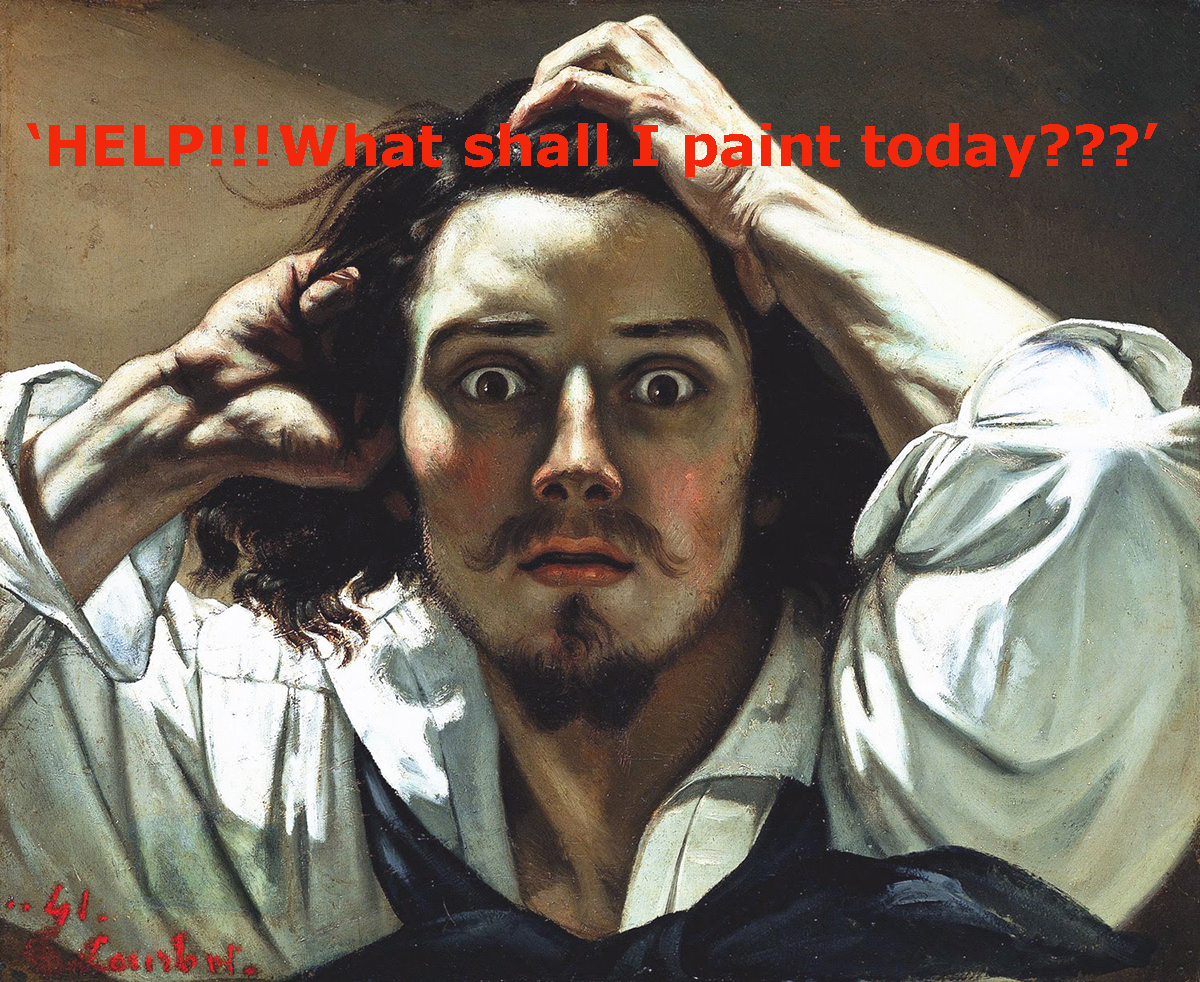
On Facebook I am member of a group of art lovers. They put images of art works on the page and write comments. Not long ago I read a series of comments on a work by Maurizio Cattelan imitating Lucio Fontana’s ‘concetti spaziali’. There was quite some quarrelling going on. Some took it all with humour, others were insulted. ‘The holy Fontana was ridiculed!’
What do I think about all these ‘concetti spaziali’?
As an explanation of how he came to cut a canvas, I heard that one morning he was desperate. He did not know what to paint and how. So he cut the canvas. What a revelation! The space behind or within the canvas!
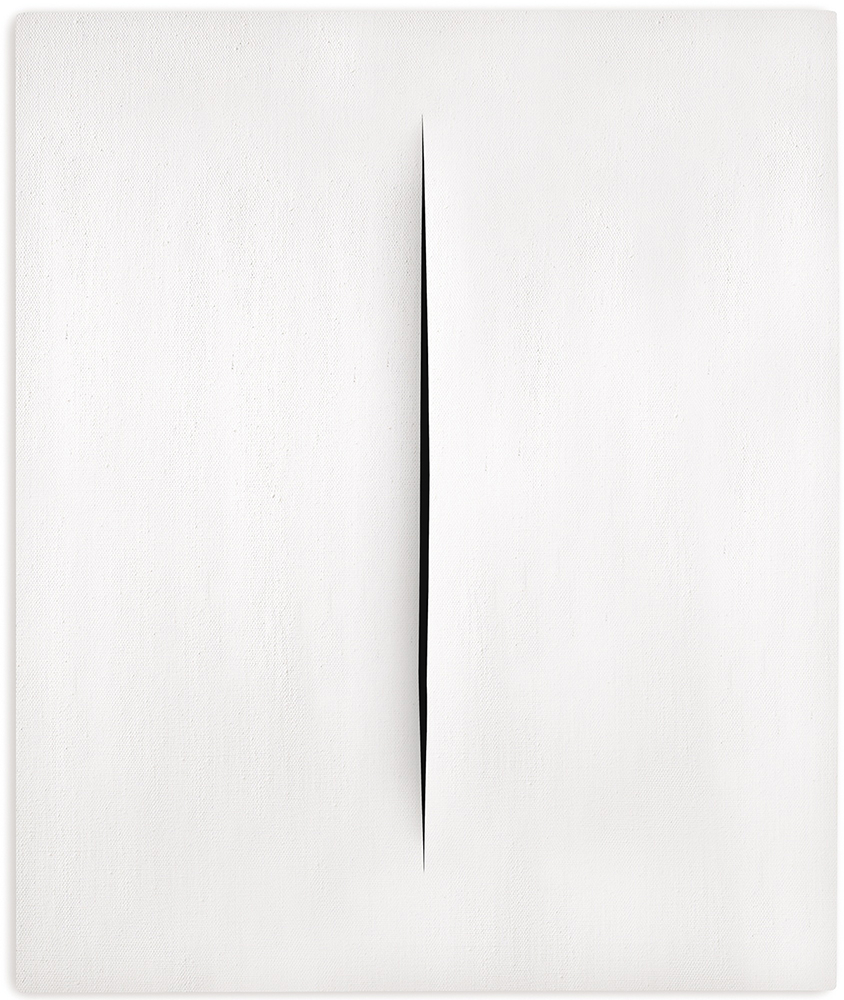
'Concetto Spaziale', Lucio Fontana.
As a gesture I appreciate the first one. It is good to every once in a while explore new territories in painting.
But then to make a whole series…
I understand he did so. It’s the market. One museum has a ‘concetto’ so many others must follow. But after a while, I would get very, very bored cutting up all those canvasses...
After the first one or even three a photo would be more than sufficient, or an A4 explanation.
Remembering Magritte’s 'pipe' that turned out to be a painting, Kosuth helped me out.
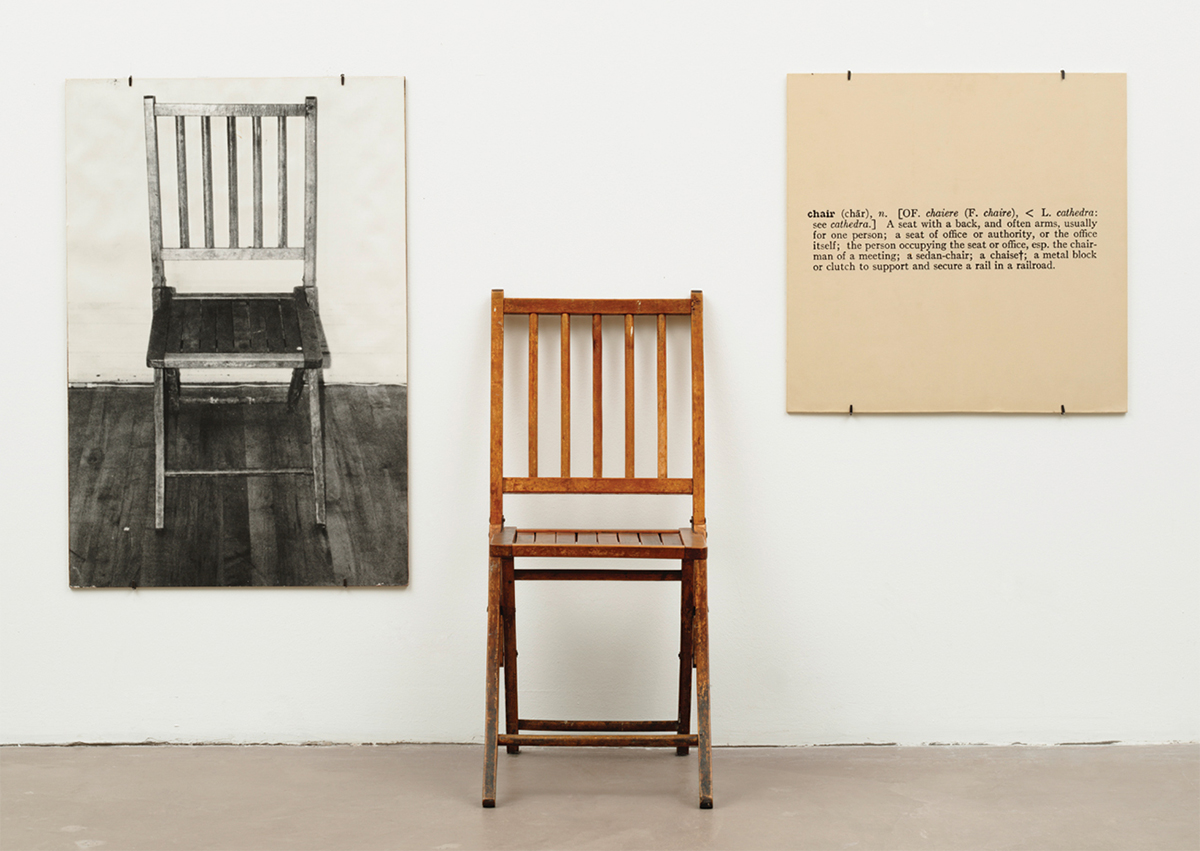
'One and three chairs,' Kosuth
Not very original, but still, for many, many art works where the thought is more important than the execution, it can save many museums spending their money on boring repetitions.
Just hang a photo... Or have somebody cut up a canvas, it is the idea that counts...
Don't come with that Fonatana was the only one to know where the cut should be made...
Art talks about art, gives new twists to old images.
Might Fontana's ‘concetto’ have been a newer version or comment on ‘l’origine du monde’?
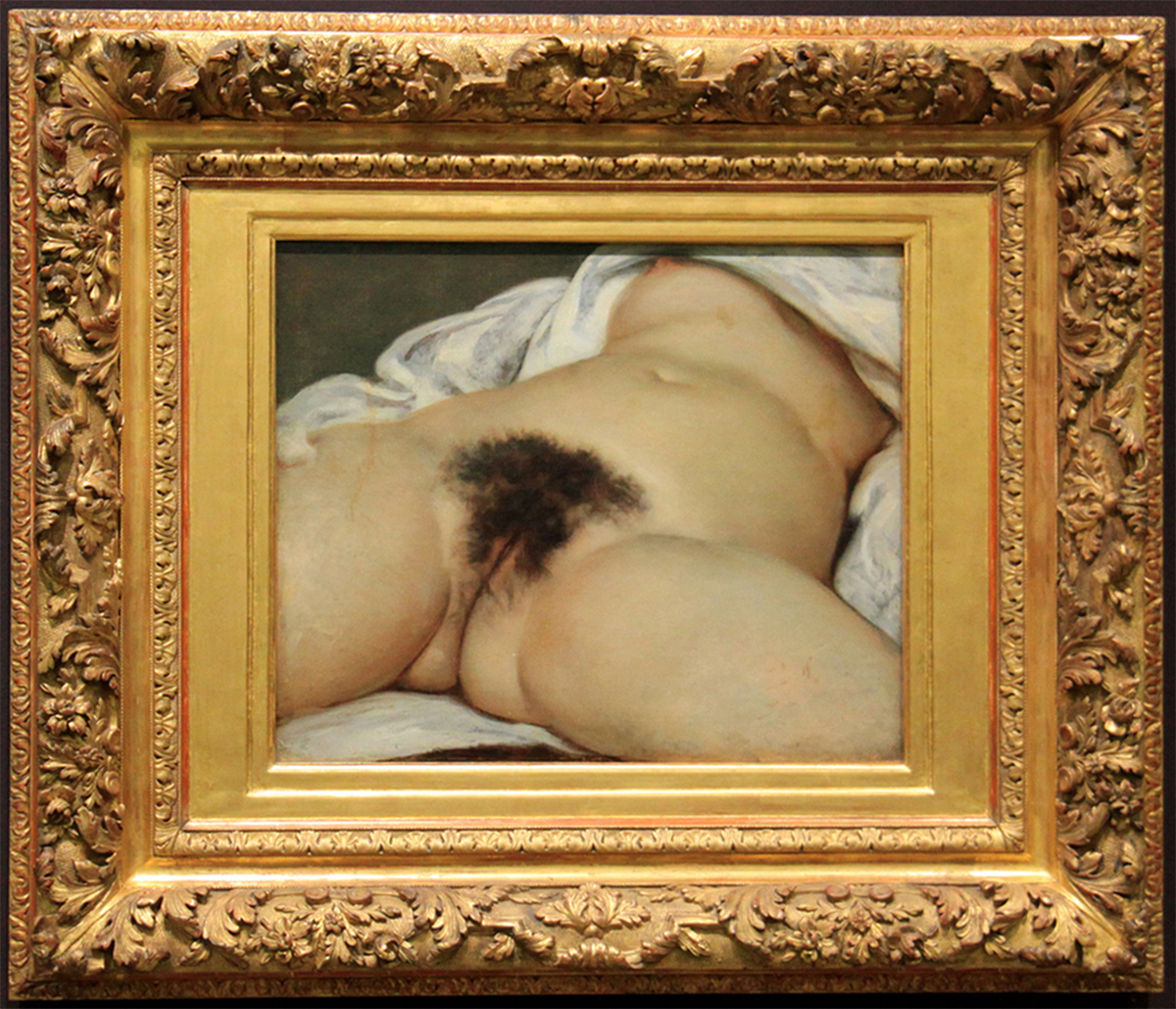
'l’Origine du monde', Courbet.
This reminds me of a sketch I made (a nice interpretation of Courbet, Fontana and Kosuth):
‘The woman left her vagina on the chair', Bert van Zelm (click on the image to go to the sketch on the site).
Art talks about art. Artists take old concepts and turn them into new concepts. Art makes you look at the world in new ways. Should we consider the mentally disturbed man who cut the 'Who's Afraid of Red, Yellow and Blue' as the post Fontana artist?
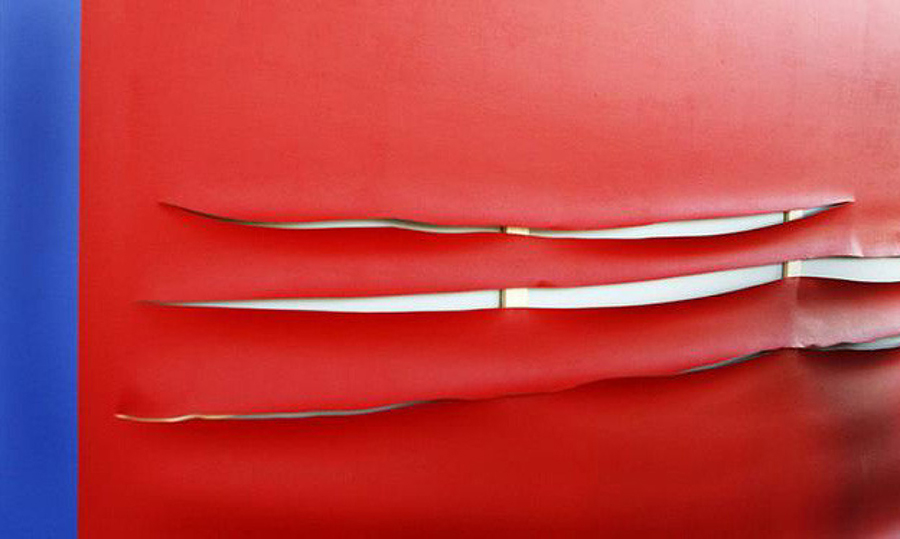
'Concetto Spaziale' by unknown artist and Barnet Newman.
And then there was Maurizio Cattelan.
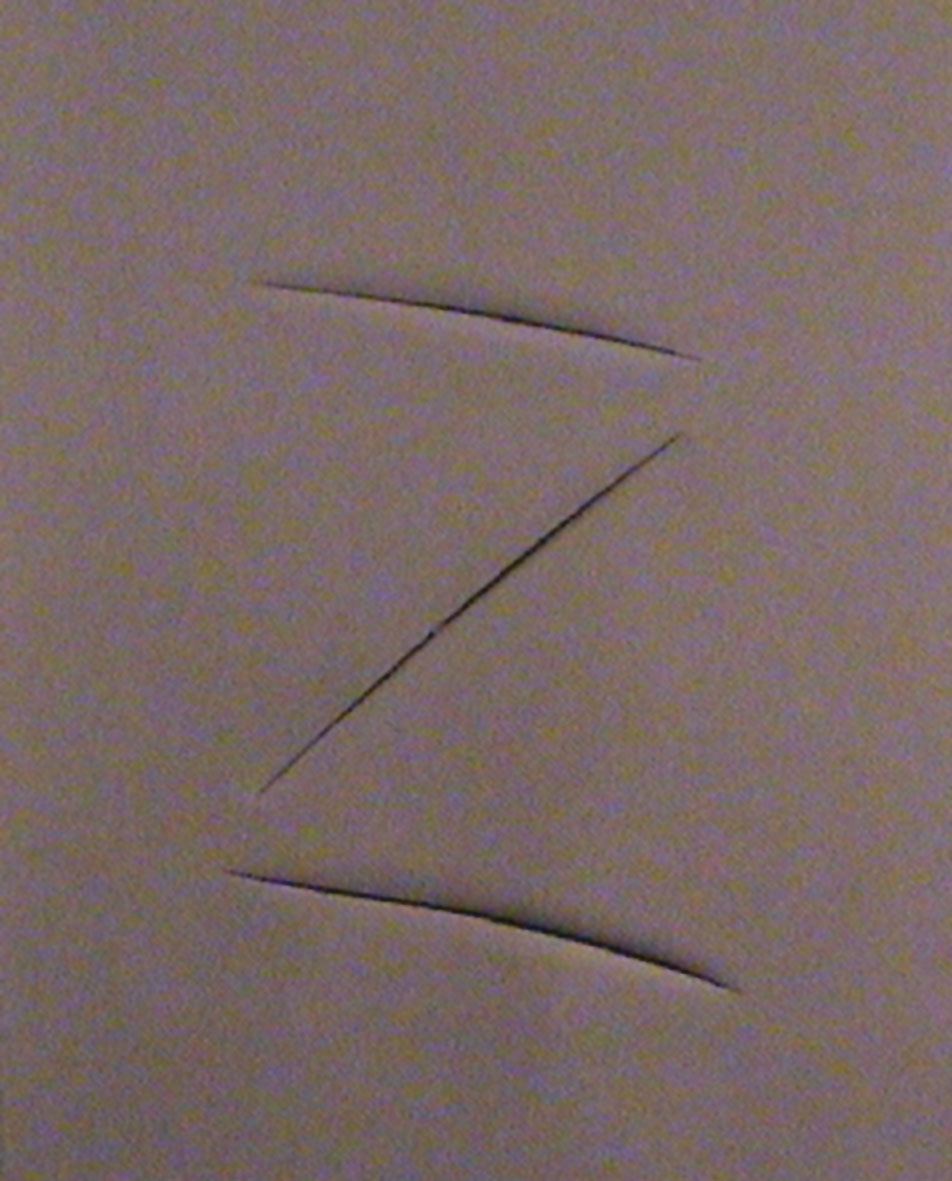
'Zorro', Maurizio Cattelan.
I find his version funny.
My version of a 'concetto spaziale' is a bit over the top, I guess...
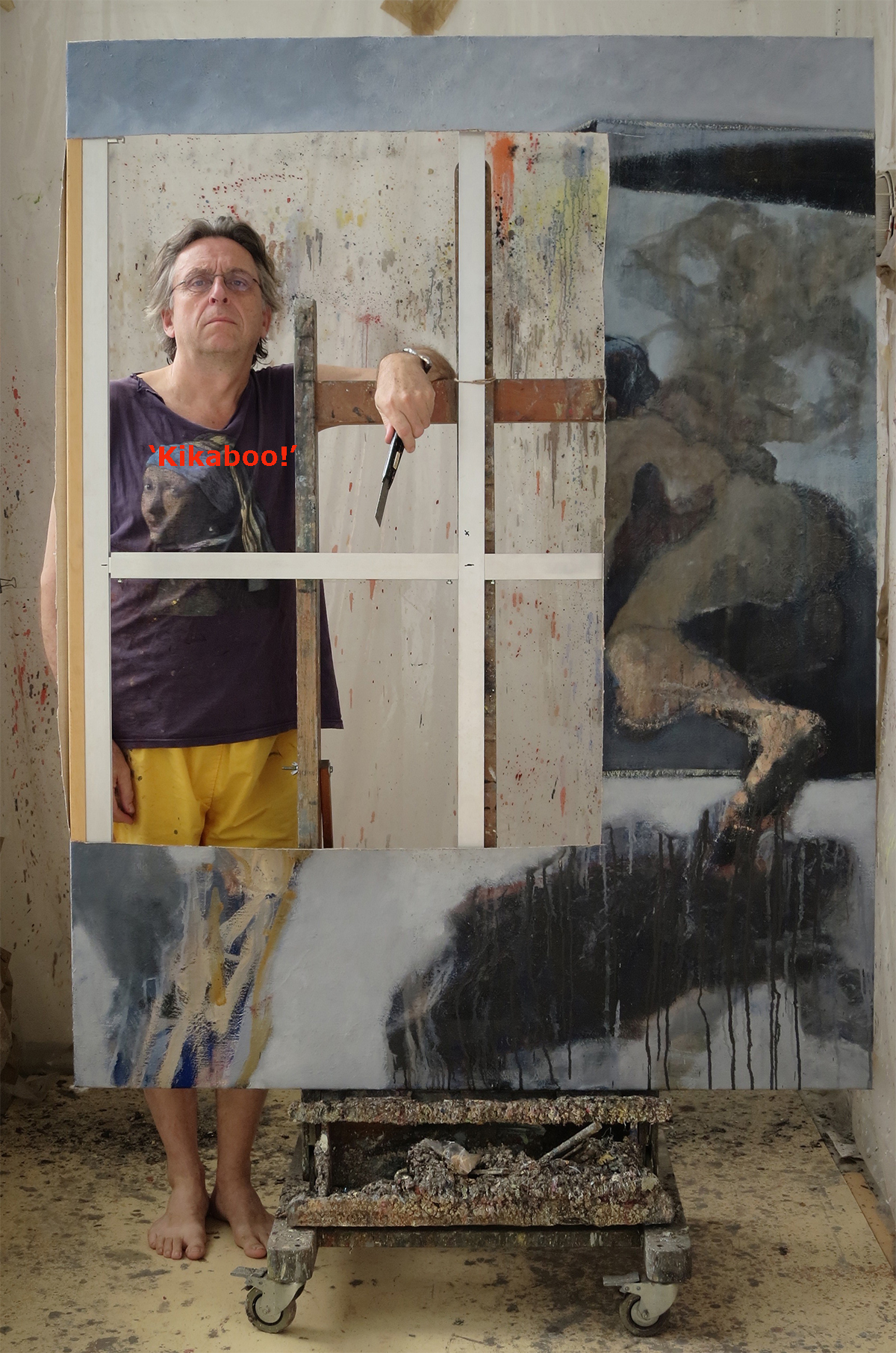
'Concetto Spaziale', Johannes Vermeer and Bert van Zelm.
I will keep on trying.
I still have the idea of making this museum with the many artworks made by famous artists that seemingly can very easily repeated. It should be not too difficult. Maybe start a crowd funding action?
I wrote about this idea in my blog of 21-01-2016: ABOUT FAKE ('THIS IS NOT A MUSEUM'). Click on the title to go to the blog.
And then Gala can help me out!
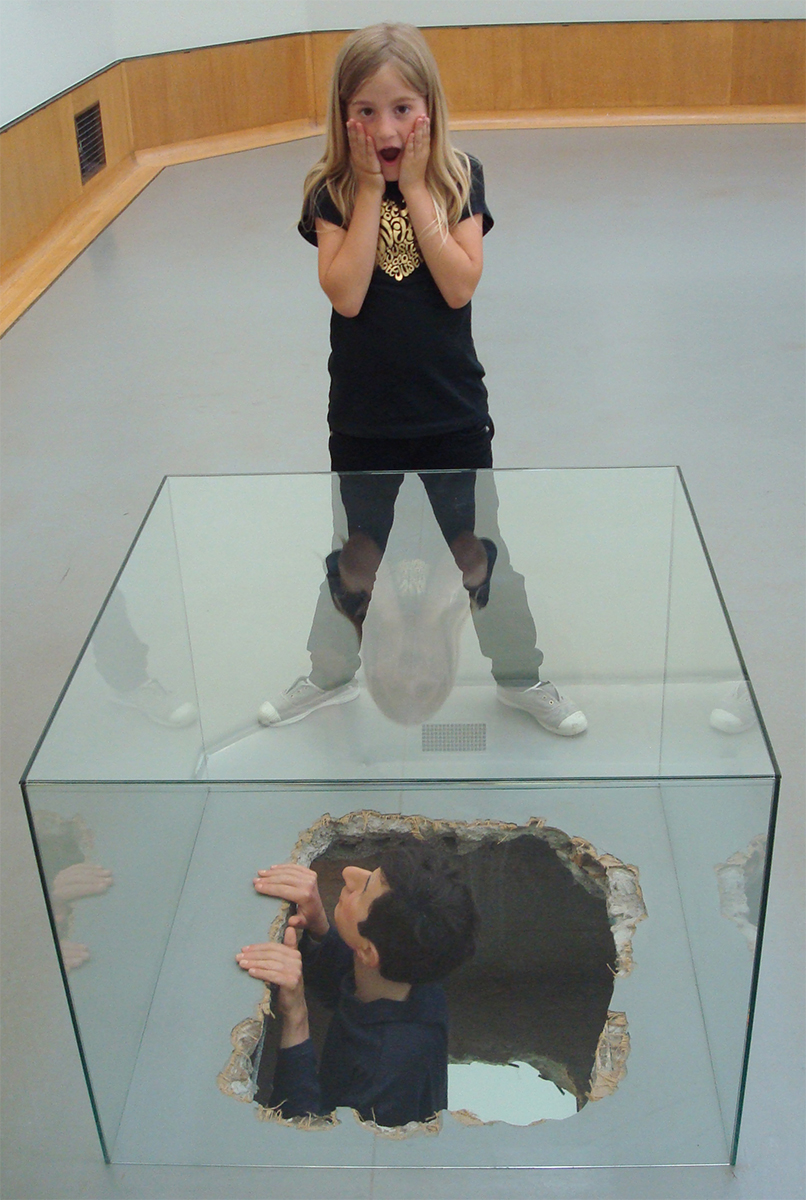
Gala and Maurizio Cattelan...
01-06-2017: MY 'FOLIES BERGÈRE'
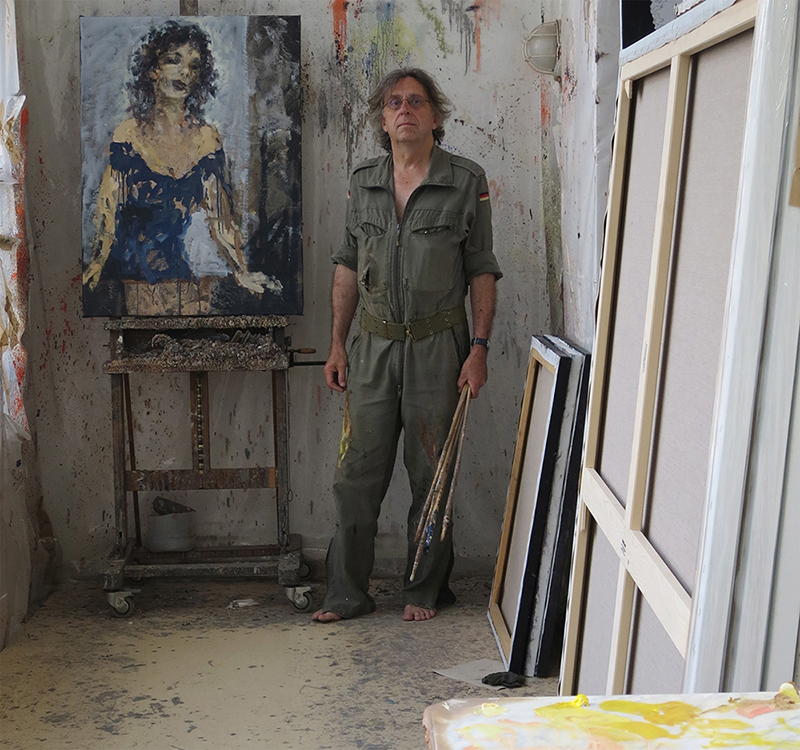
It took me a very long time to finish this painting. For at least 4 times I thought to have it finished. The head has hardly changed, but to give it a ‘good surrounding’ was quite a puzzle. The canvas was much bigger when I first ‘finished’ the painting. I cut it to about one fourth. And then it existed for a long period under the title ‘The Mirror’. It was put on the shelf; I had peace with it for at least two years.
But when I made ‘Black Gloves’ (click on the title to see the painting), it made me rethink this painting. It did not look obvious enough. It did not look ‘secure’ into the world enough.
I put it back in the studio and hoped for a solution. After a month I worked on it again, thought to have brought it to a good end, but it stayed unconvincing.
When I stumbled on ‘Folies Bergère’ and Rembrandt’s ‘Jan Six’ portrait I knew where to go.
The position of the figure I stole from Manet’s painting. It suits the way she looks.
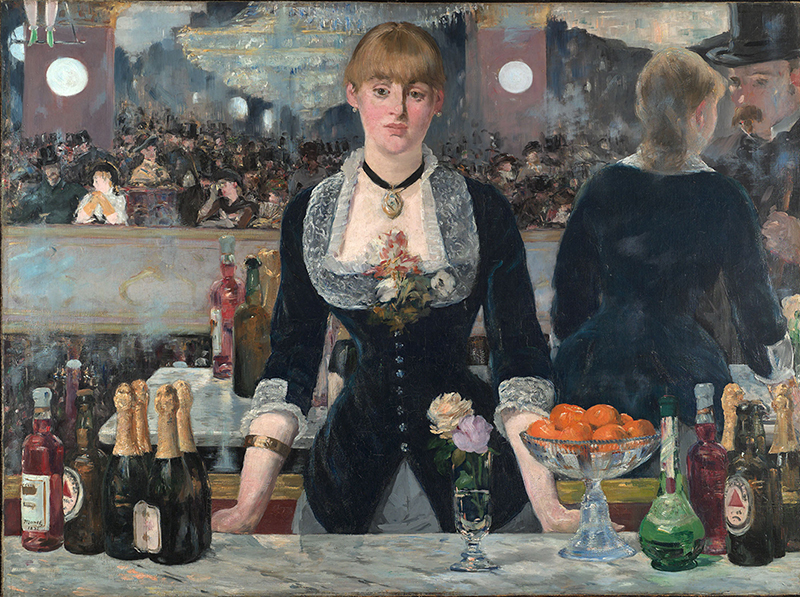
Apart from her pose the painting did not work either, because I had overlooked the way the face is painted. I had tried for too long to finish the rest in a too defined manner. I paid too much attention to it. This happened because when you build up a painting, you normally end with the main subject painted in the most defined way. Here I had to work ‘the other way around’. I had to give ‘the main course a starter afterwards’.
Look at the Jan Six portrait.
The genius in the late Rembrandt paintings is, that the parts of the paintings that should not draw the attention were painted with just a few brush strokes. See the red cape… This is the real virtuosity.
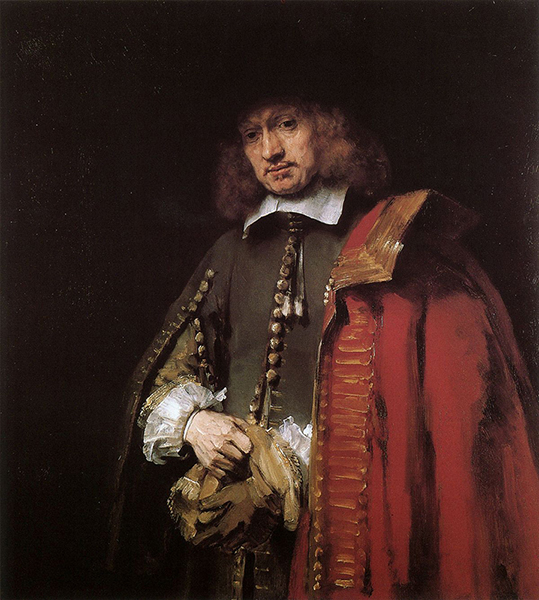
That’s where I went. Of good help were the longer made brushes (look at the photo on top of the text). For years I have said that paining should be like throwing an elephant through a keyhole from a distance of twenty meters...
See the detail of a hand.
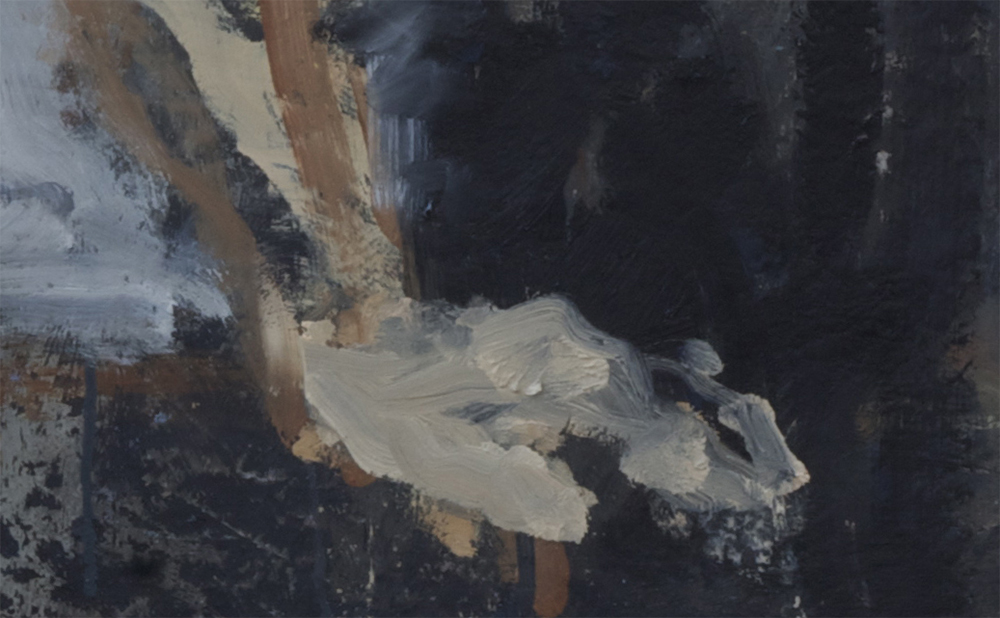
All attention can be focused on the head.
Sometimes I am happy to have such a long period of painting behind me that gives me this reservoir of 'spare body parts' I can throw on a canvas in three loose brush strokes.
It’s all about balance… I can leave my ’Folies Bergère’ to live in peace, I hope.
click on the image to see the painting on the site.
'What will you drink, dear?'
08-02-2017: BULL 068 UNDERWAY AGAIN
This is what is left of the painting 'Bull 068'.
More than once I thought to have brought the canvas to a happy ending, but the doubt stayed. Yes, a nice work but not strong enough. And then if necessary all should be ready for sacrifice.
What was wrong?
Each canvas suits a certain subject better than another because of its size and proportions. This canvas is small and slim. I was in trouble.
The bull remained too sweet, did not become ‘bravo’.
Part of the reason could be attributed to the size of the canvas.
For example: I paint portraits if possible at least a little bigger than real. So on a canvas bigger than 35 x 30 cm. It gives the portrait a monumental feel.
Of course with a big bull this becomes an item, but there also lays the challenge.
Till some days ago the work looked like this:
Not good enough…
Staring at it over and over again, more things bothered me. The rest spaces around the bull looked awkward. And there was the doubt full illusion of space turning round together with the bull. Everything shook and rattled in an uncomfortable way.
And then I saw a way to get the job done. Of course by looking at other art...
Long ago I admired the façade of the monastery of Santa Maria in Ripoll. The balance between open space and volume is overwhelming. It is like the silence in music. No beautiful melody without the right balance between silence and noise.
I think to have found the clue for fixing the painting there.
Of help can be, that I am working with long brushes. It gives a better overview while painting.
Normally I have my palette far from my canvas. I put the brush strokes on as if blind, because I am near. Now I keep the overview even when I paint.
I’ll see what the future brings. While writing the blog, the work has advanced:
It looks a lot better already.
A neighboring thought:
In an old catalogue I refused to write the measures next to the images. This to satisfy the curiosity of what others might imagine the sizes of the works would be in real. Some works in print or on screen look smaller, some bigger.
This fascinates me. I stumbled on this while reading an interview with Willem de Kooning and having seen his great work ‘Excavation’ in London. In real it is much smaller than I had imagined for years…
The video shows work of Willem de Kooning. My apologies for the quality and the music, but I could not find a better one on the net.
18-01-2017: FRANK AUERBACH, one of the last of the London School.
For a period Frank Auerbach was one of my ‘heroes’. In Florence I used to make sketches at a ballet school twice a week. The teacher introduced me to his work.
Auerbach was a friend of Francis Bacon and Lucien Freud. His work is not as ‘juicy’ as theirs.
Kitaj (the Stedelijk Museum in Amsterdam owns one of his canvasses) and Kossoff are two other painters belonging to the ‘London school’.
Francis Bacon portrayed Frank and Lucien.
Double Portrait of Lucien Freud and Frank Auerbach, 1964
I read the biography by Robert Hughes on Auerbach. I experimented painting in thick layers.
Frank 'guided' me for about 6 years.
What were the things I appreciated about him?
He paints 364 days of the year. That is what I call dedication!
While writing this blog I listen to Gregorian chants not only because he is a 'hermit'.
In his research I see similarities with that music. There is a similar simple and essential approach to the arts.
He paints images over and over and over, scraping paint off and putting new layers upon layers. Many times he paints the same model.
There is the story about the Japanese master who studied to paint a rooster in one fluid line for months. When the client was insulted that the master asked a big fee for 'his' rooster painted in less than one minute, the master adviced him to come to his village. There was no wall in his village left blank. All were covered with his attempts for the absolute cock.
In Auerbachs work you see all the attempts one over the other till the final three brush strokes that define the image.
This stubborn banging your head against the same wall over and over till the final solution is found, is for me a valid way of coming to a good result. It coincides with the thought that one should not sit and wait for inspiration. Good paintings happen because of blood, sweat and tears.
Still, he guided me for not more than 6 years…
There are two things that made him move more to the background.
Eating oysters all year round becomes boring as much as French fries every day. And that is what I feel when looking at his work.
I saw the solo show at the Tate Britain (click on the word 'Tate' to open the information about the show) and after two rooms I had enough. It is true; a painter can 'claim eternal fame’ after having produced three great works, but those three I have seen many, many times. There are these same damned brush strokes in all his works…
(The painting at the top of the blog is one of those three masterpieces).
The lack of depth in his work is another downer. Critics of Rembrandt said that he could not paint depth and that is why he painted thick.
One work of Auerbach is really painted like that. It is almost a sculpture piece. I saw it in the Tate Britain, but forgot to make a photo for this blog, sorry… This one might give an idea. The paint suply shop must hang the flags out when he arrives...
In the same period that he was a major inspiration, I experimented with adding other items (for depth). Only twice I was convinced. The work ‘Venus in the reed’ is a happy result. That's a way to create space! (I found a pretty girl in the hey stack!)
Venus in the reed
Of course I also looked at Anselm Kiefer:
What has remained…
Quite often I still paint layer over layer, scraping off, letting the surprise catch me. But I try to get rid of the dull 'Auerbachian' brush stroke.
I always look at paintings from close by to see how they are built up. I have never given it much thought that many others don’t, believing everybody automatically does it.
Maybe people don’t look from close by out of some false respect or out of fear that the painting might attack?
Read my texts about if art can kill nº 1 and 2. (Click on the numbers to go to the texts). No worries!
Since years I have broadened the way of how to put paint on a canvas. A charm of a painting can be that seen from nearby the image shatters into chaos.
I have written about this more than once.
Some days ago I looked at 'Mist over Sea’ and decided to put it under your attention again.
I relate very much to these four quotes by Francis Bacon:
In my case all painting... is an accident. I foresee it and yet I hardly ever carry it out as I foresee it. It transforms itself by the actual paint. I don't in fact know very often what the paint will do, and it does many things which are very much better than I could make it do.
All painting is an accident. But it's also not an accident, because one must select what part of the accident one chooses to preserve.
I want a very ordered image, but I want it to come about by chance.
I believe in deeply ordered chaos.
It makes painting an adventure. Behind every tree there can be a bear or a beautiful girl…
Here you see some close ups of the 'Mist over sea'.
To see the whole painting, click on 'Mist over Sea'.
Back to work! Frank has been painting for hours!
The video shows works of Frank Auerbach. They should have been accompanied by Gregorian chant…
22-10-2016: NEW SKETCHES ON THE PAGE OF SKETCHBOOK SKETCHES
This weekend I have added more sketches to my chapter of the sketchbooks (< Click on the word and in a new window you go to that page; in total there are now 200).
I have a series of over 70 sketchbooks dating back to 1980. Subjects: they can be about anything. Some are sort of a dairy, others are ideas for paintings, others are just non sense and there are sketches made after works of great painters. Of these last ones you see a detail of a sketch after a self-portrait of Rembrandt. Could it be anybody else?
Text continues under image
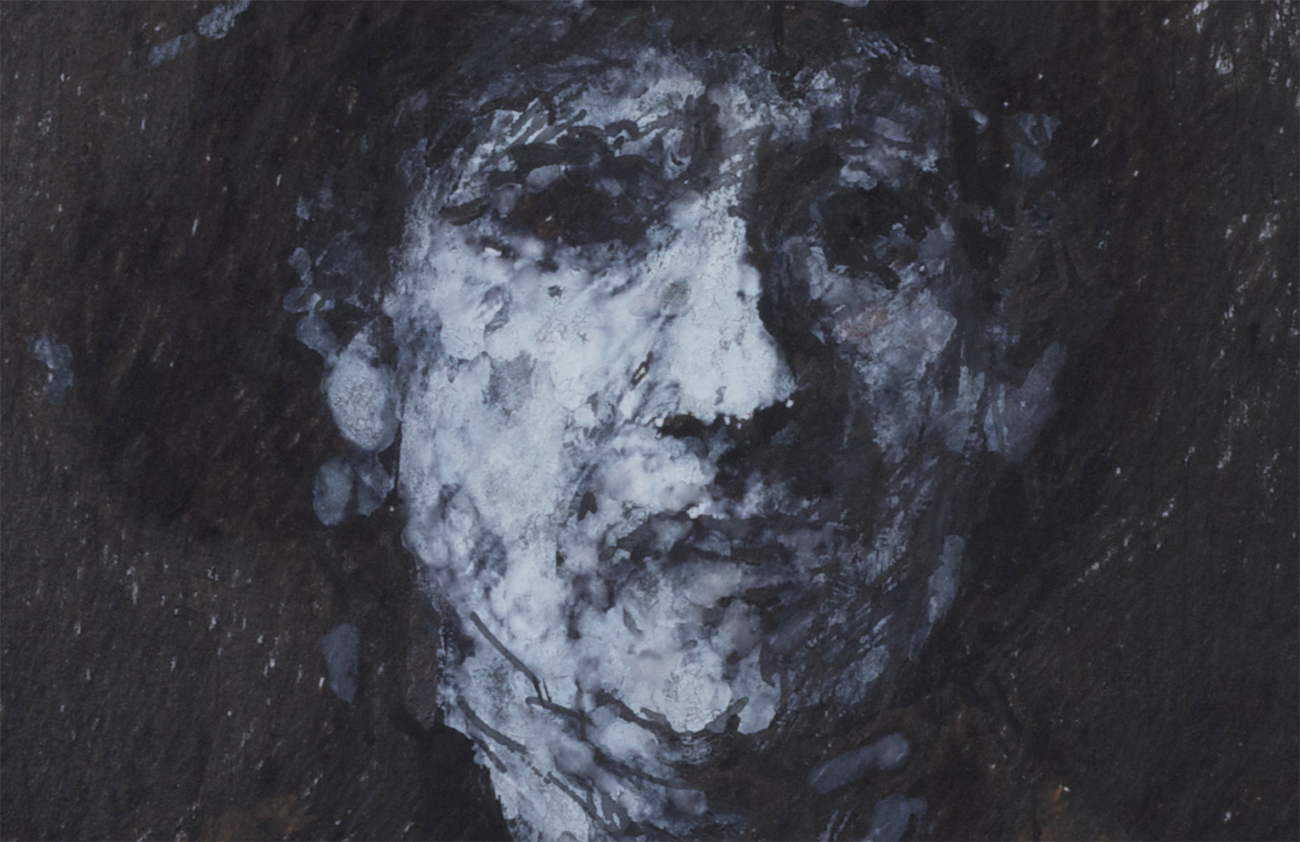
Underneath you see a collection of portrait copies of paintings I like. There are two fake ones amongst them, made not of paintings. They are portraits of two favorite artists in other diciplines. You can find out who’s who?
Text continues under image
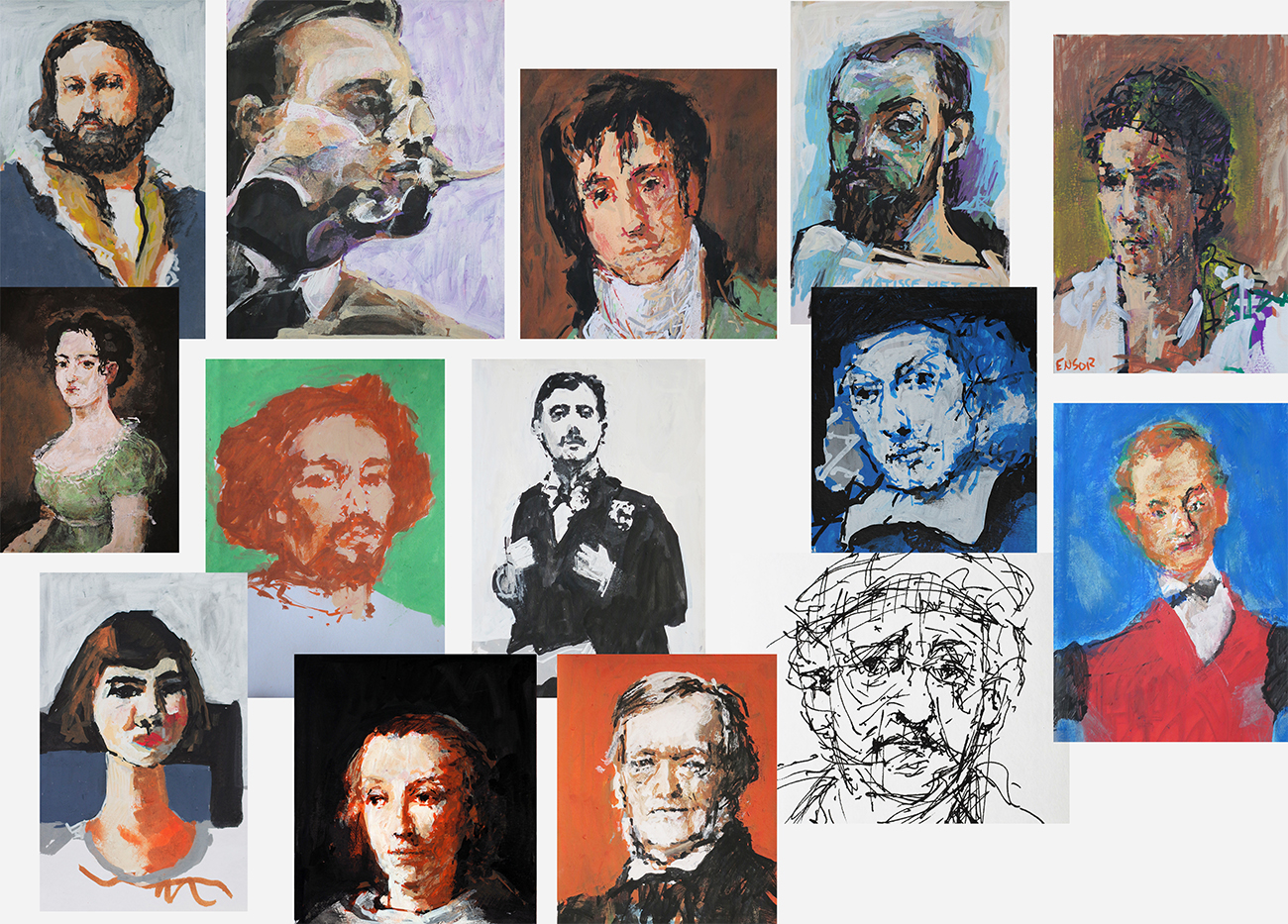
These sketches help a lot.
Some time ago I wrote a blog about my problems with the word ‘creativity’.
We give too much importance to having to be creative (instead of just having it happen). It is fashion, even though the idea dates back to the 20's of the last century.
I choose for learning from the giants who came before me; give what they made a twist, over having to figure out everything by myself and in an all too personal language.
Art is communication. It comes in handy to learn from the great ones, copy the others, discover the beauty of what they made. And it helps to learn new letters. Instead of staying stuck with the ‘I’, the ‘m’ and e’, you learn the ‘t’ and ‘h’ from them and the ‘w’ from we. I am a too social animal to run in a blind alley.
This is not a new view on how the arts work. H. W. Janson starts his art history bible by talking about a Roman sculpture group being used by Manet for his ‘Déjeuner sur l’herbe’. It also exists as a sketch of Marcantonio Raimondi after Raffeallo Sanzio. And then Picasso copied faces from Manet's 'Déjeuner'. This string of 'copies' gives a deeper meaning to the works.
Text continues under image
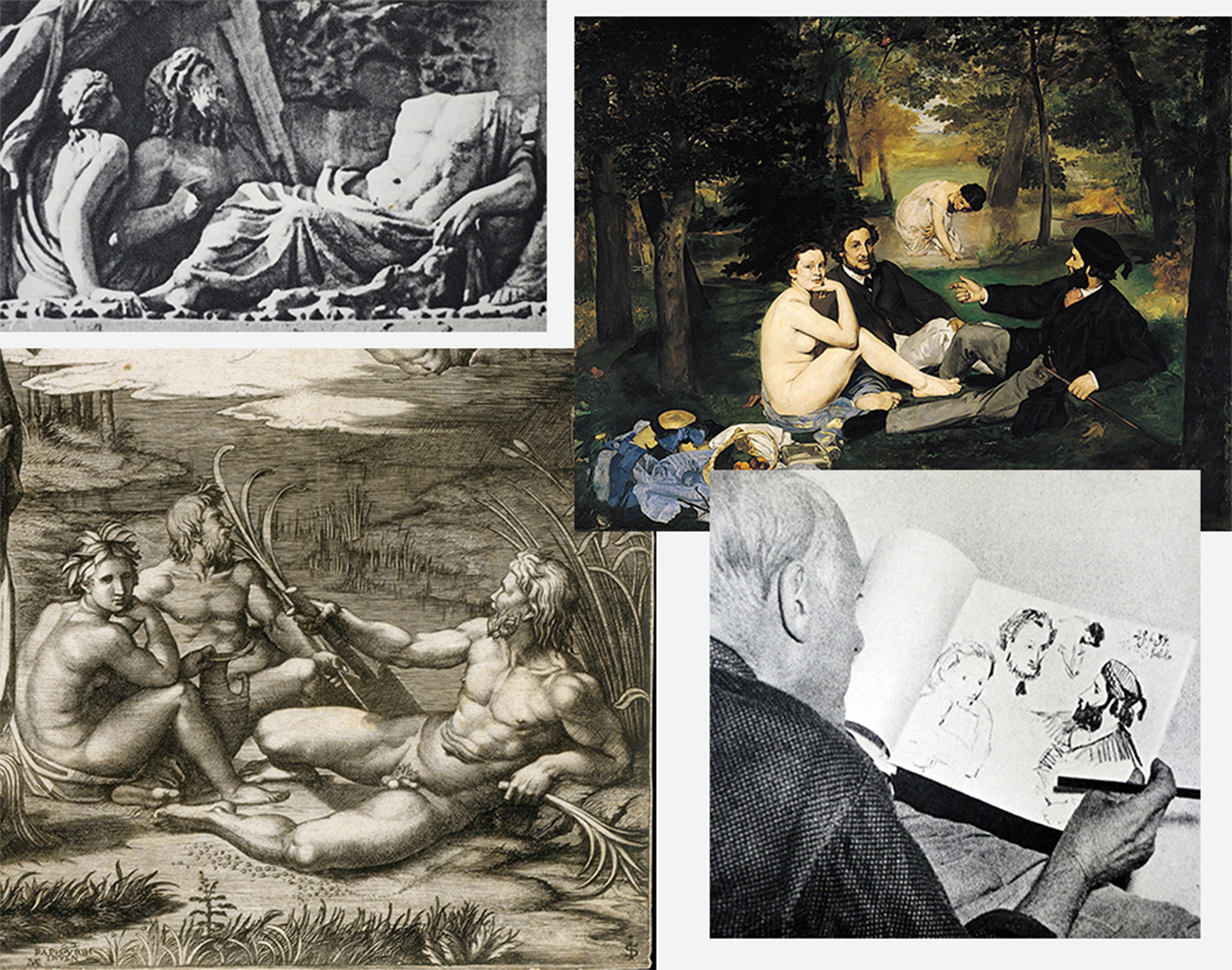
Why do I talk about these matters again?
I love the self-portrait of Rembrandt of the Kunsthistorisches Museum in Vienna. It has been far to long since I’ve seen it. I want to go and talk to Rembrandt soon! If not in Vienna, then in my sketchbooks!
Maybe that is why my copy looks so worried?
text contunes under image
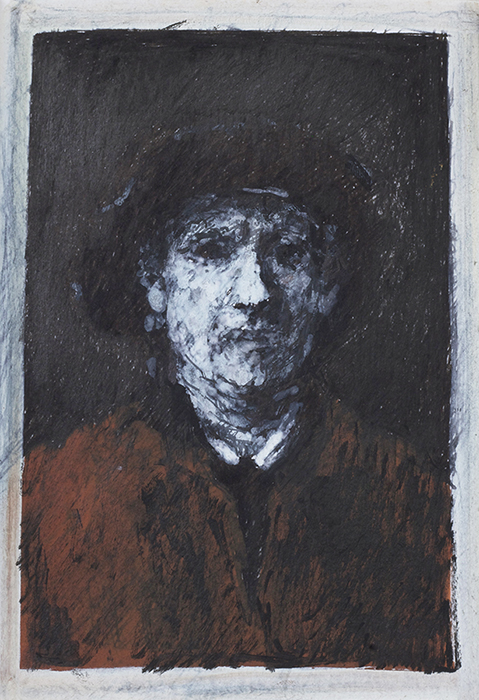
P.S.:
Another important thing in the sketch is its size. People may think that painting big is more difficult than painting small. But if you make the smallest mistake in a small sketch, it shows big, if you blow up the image. To give an idea of how big the sketch is, see my hand laying over it.
text continues under image
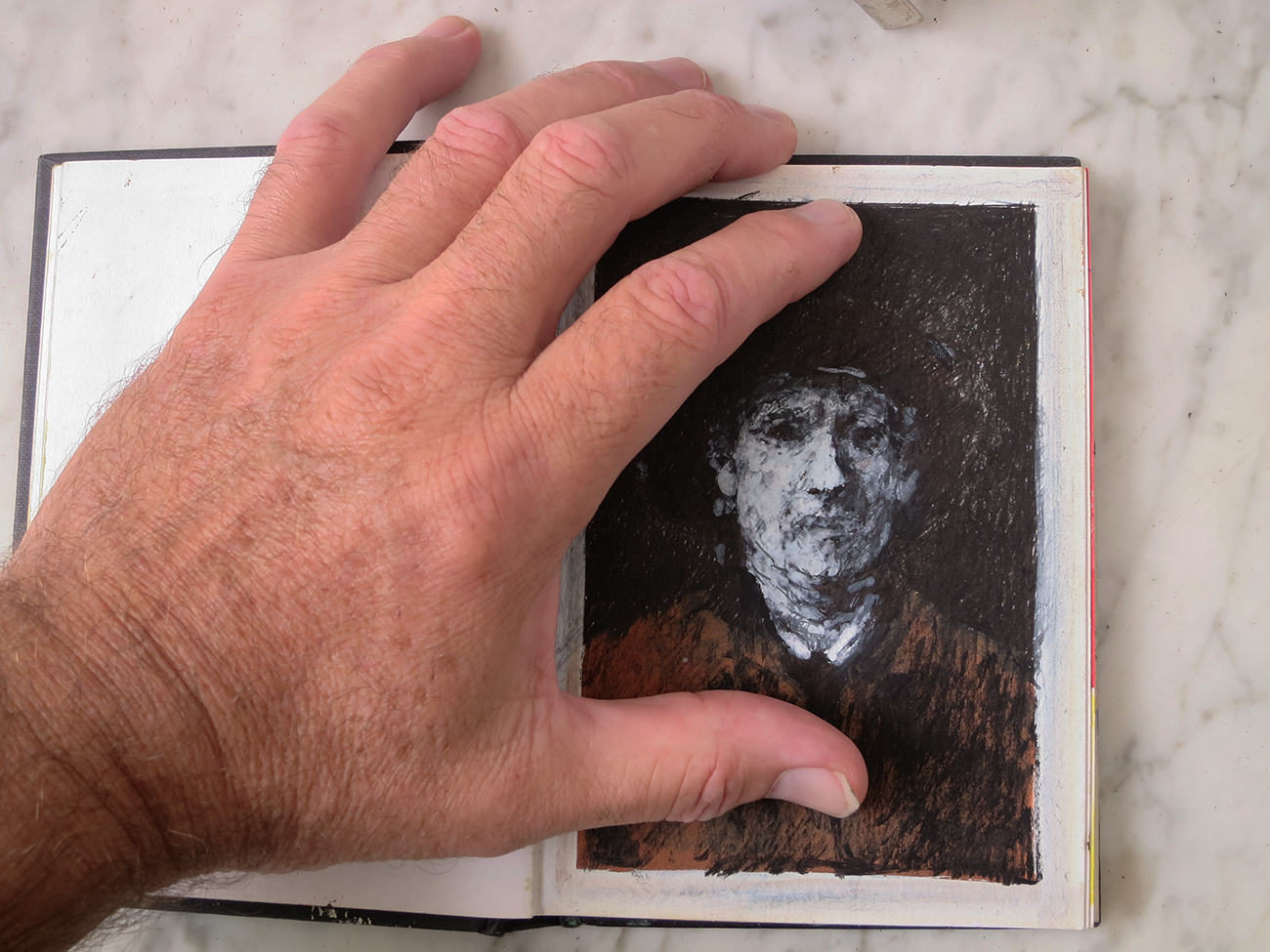
The video is the famous scene of 'Amadeus', where Mozart plays a theme composed by Salieri and then gives it a far better twist.

